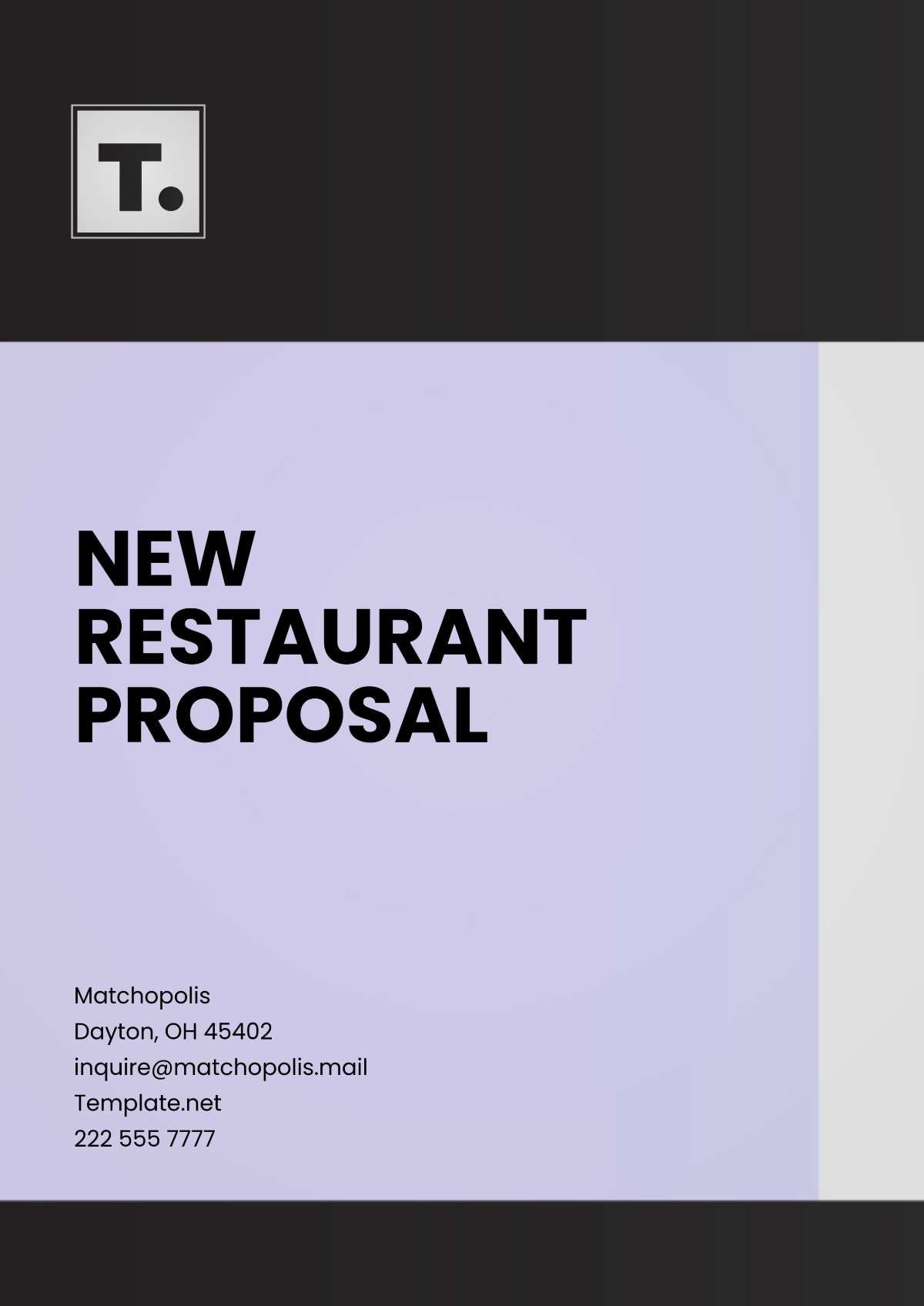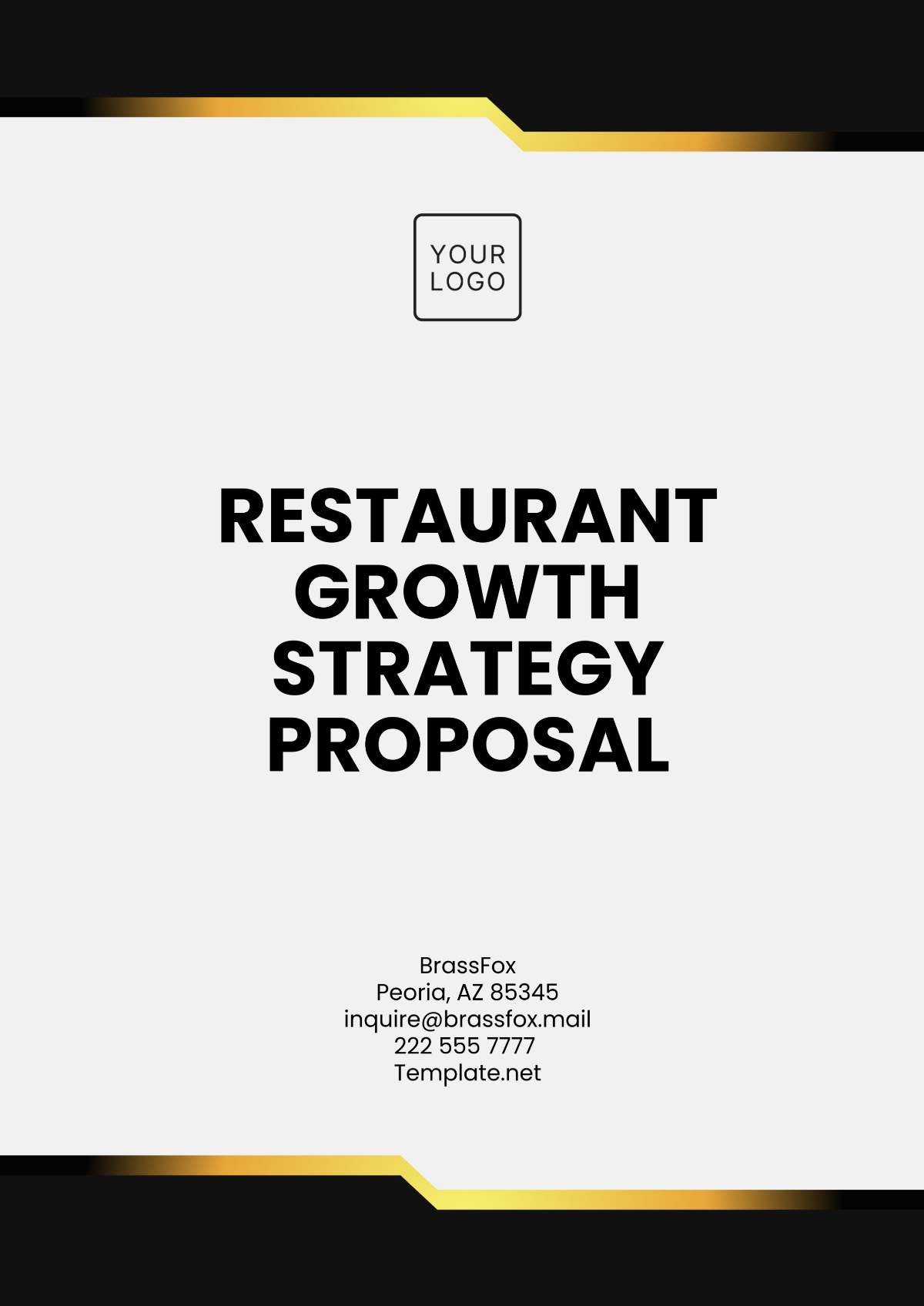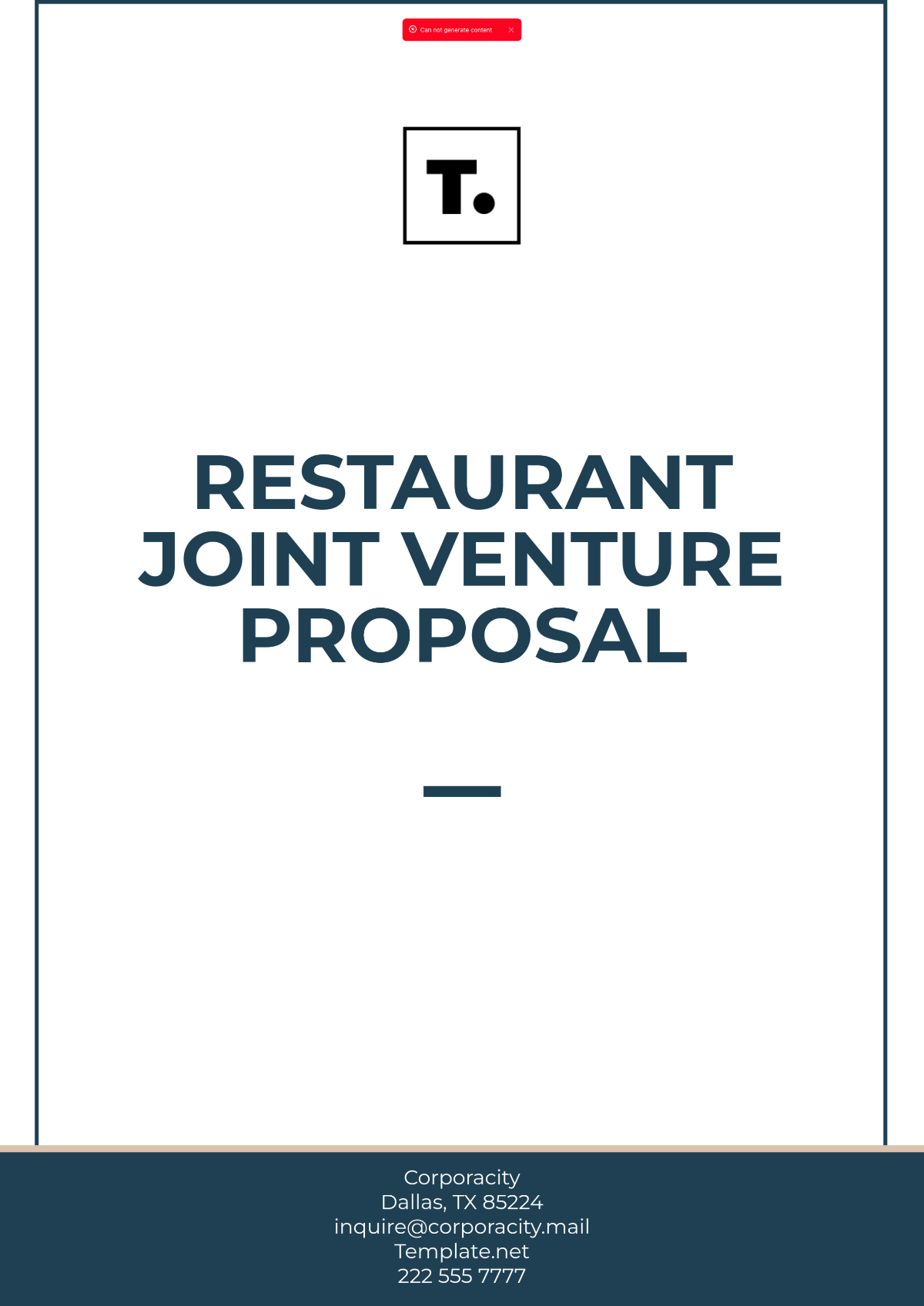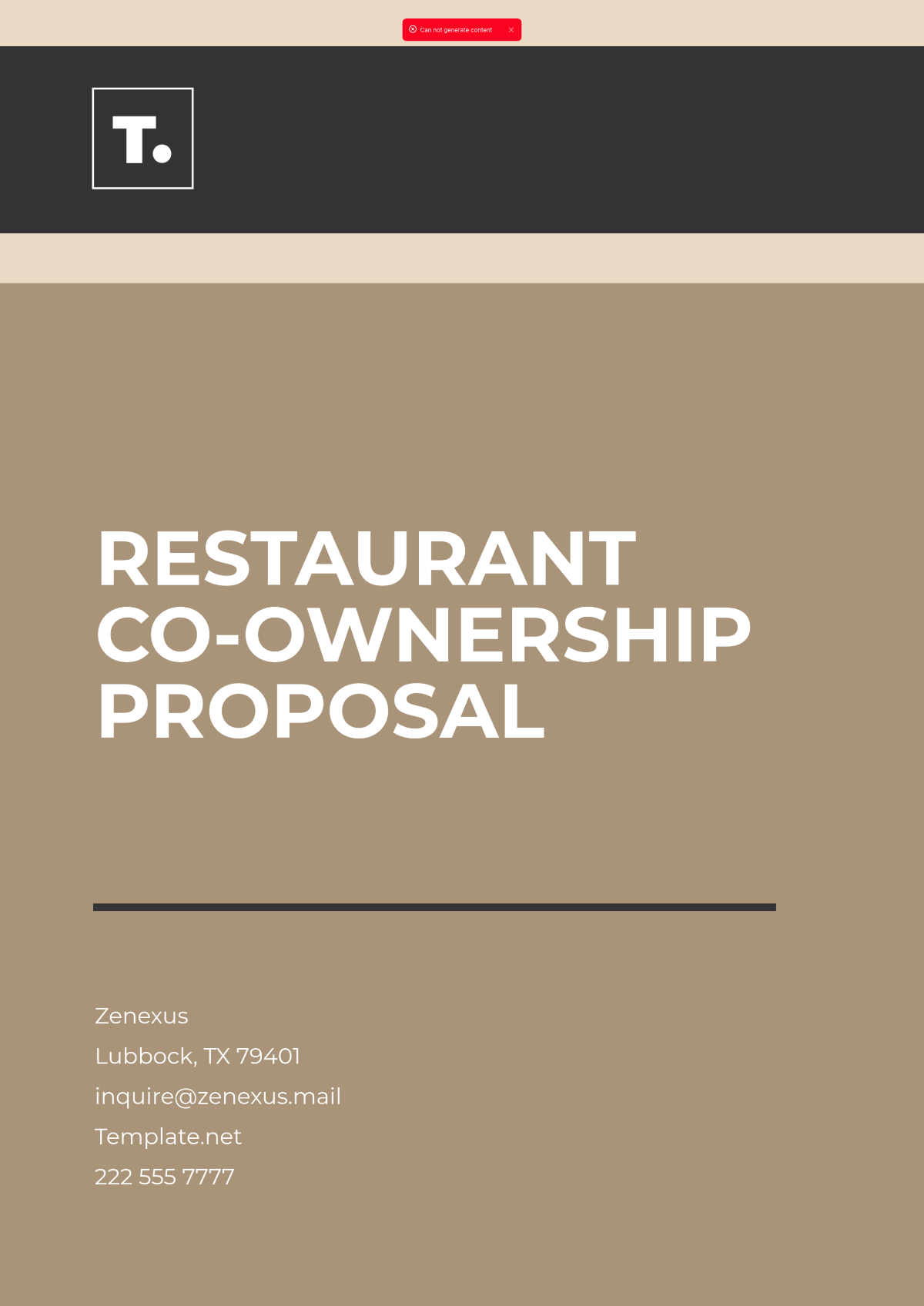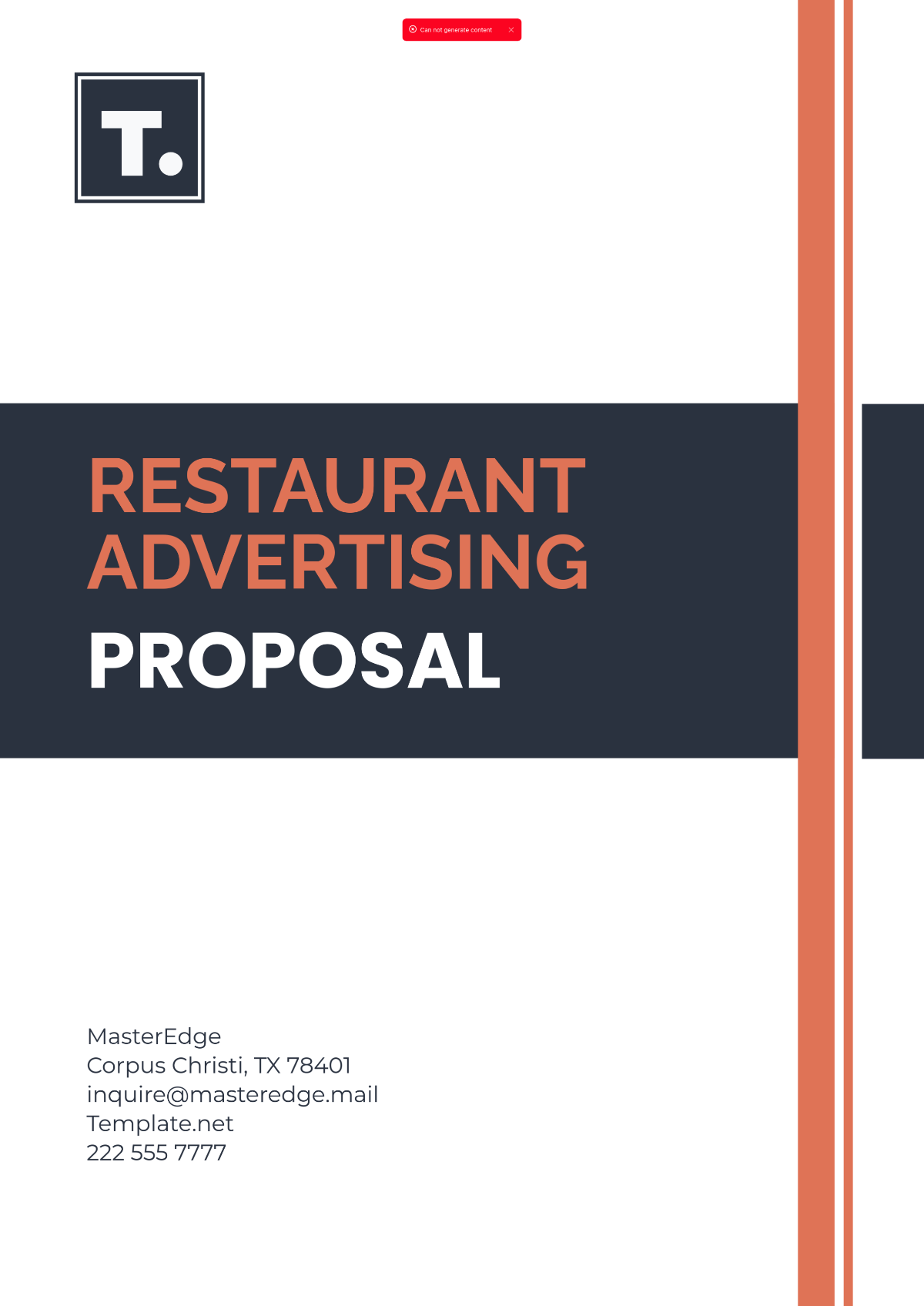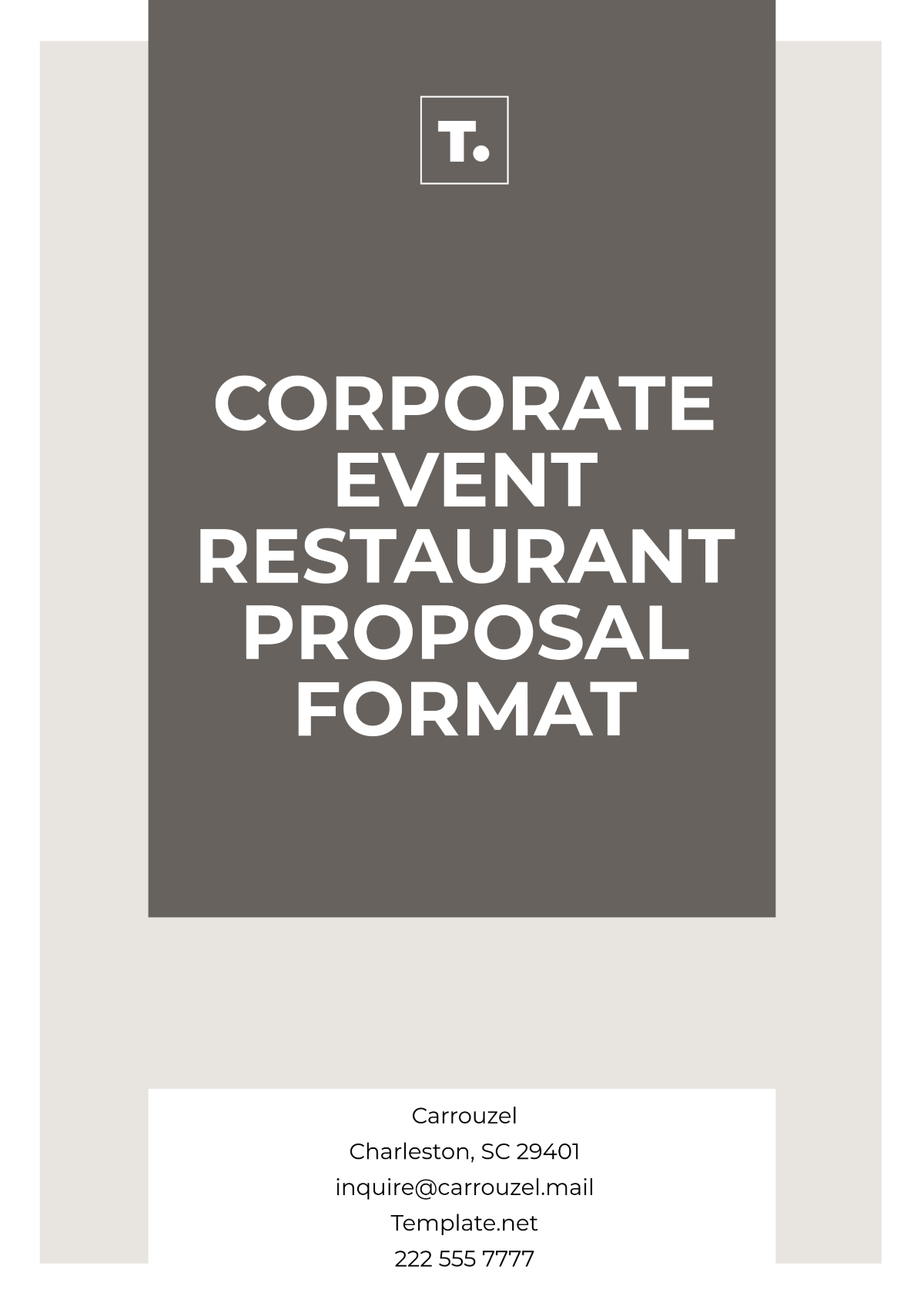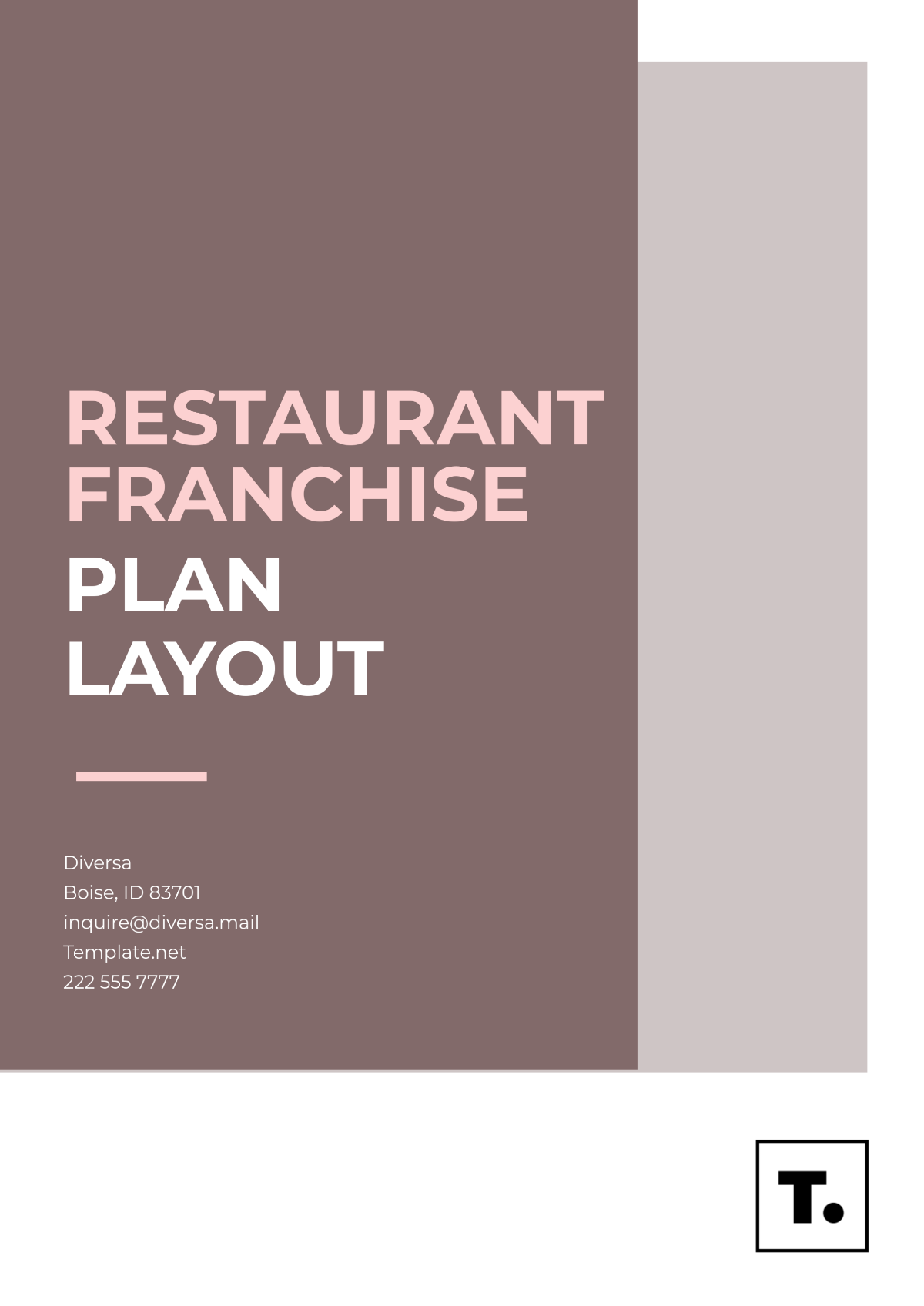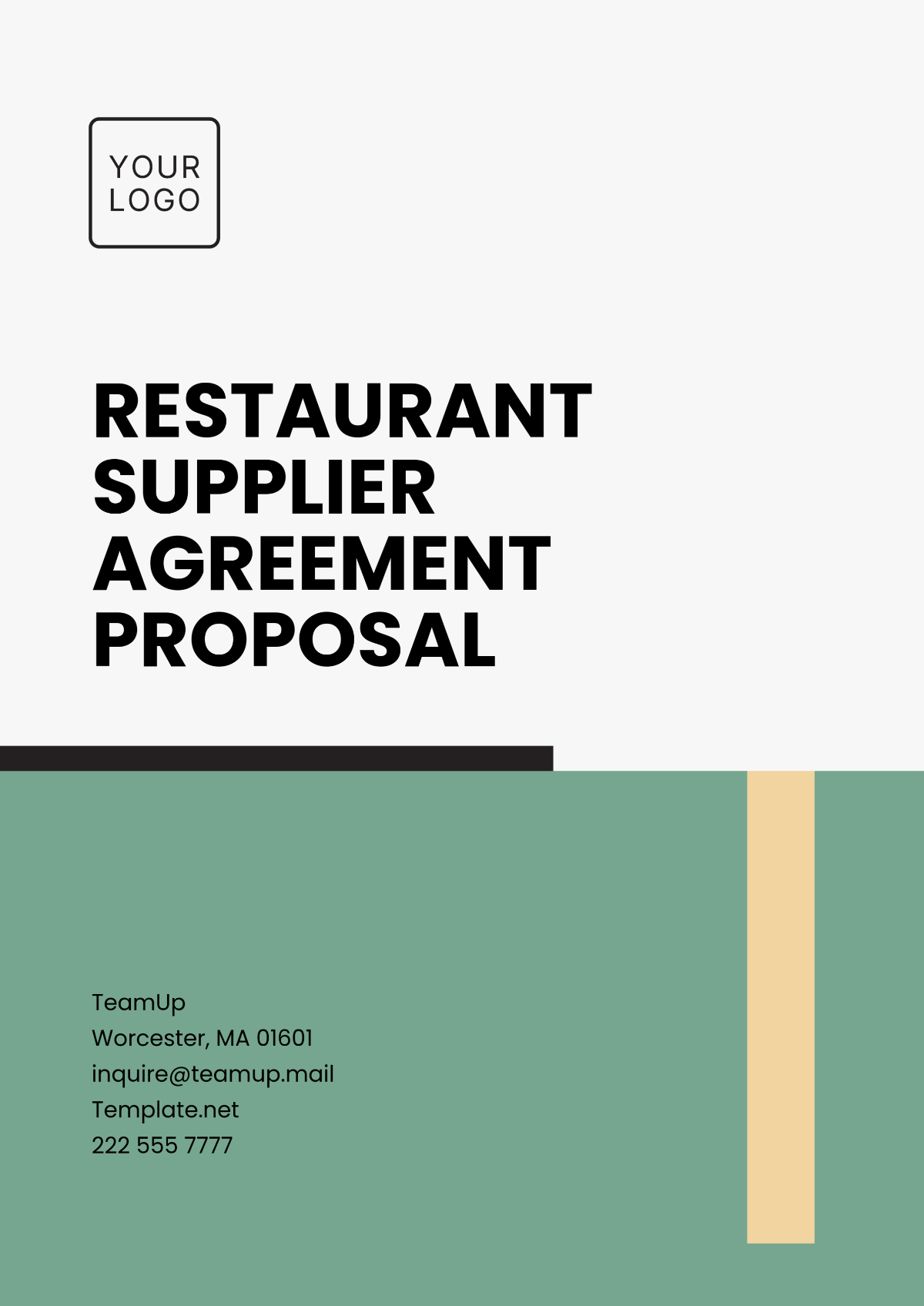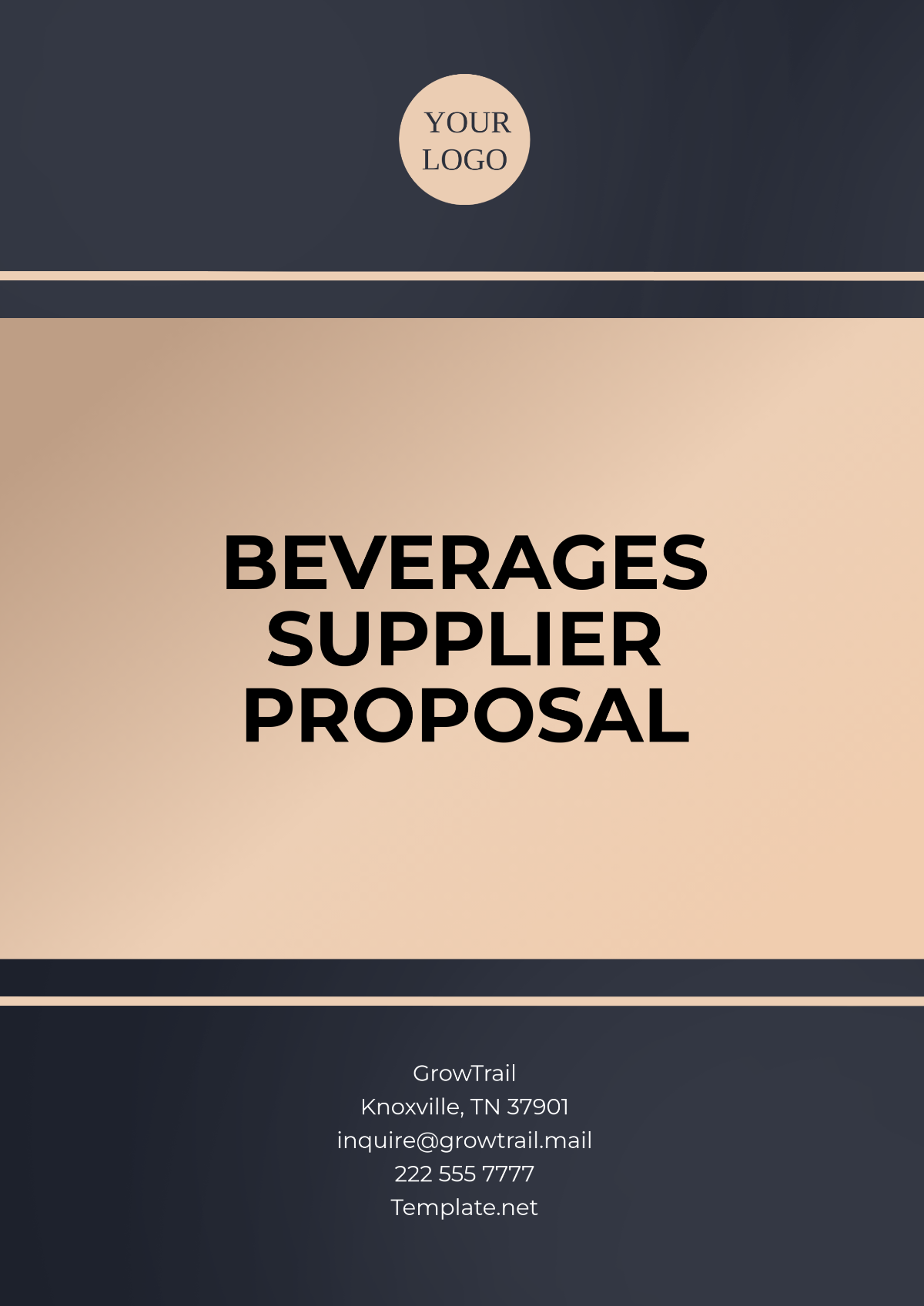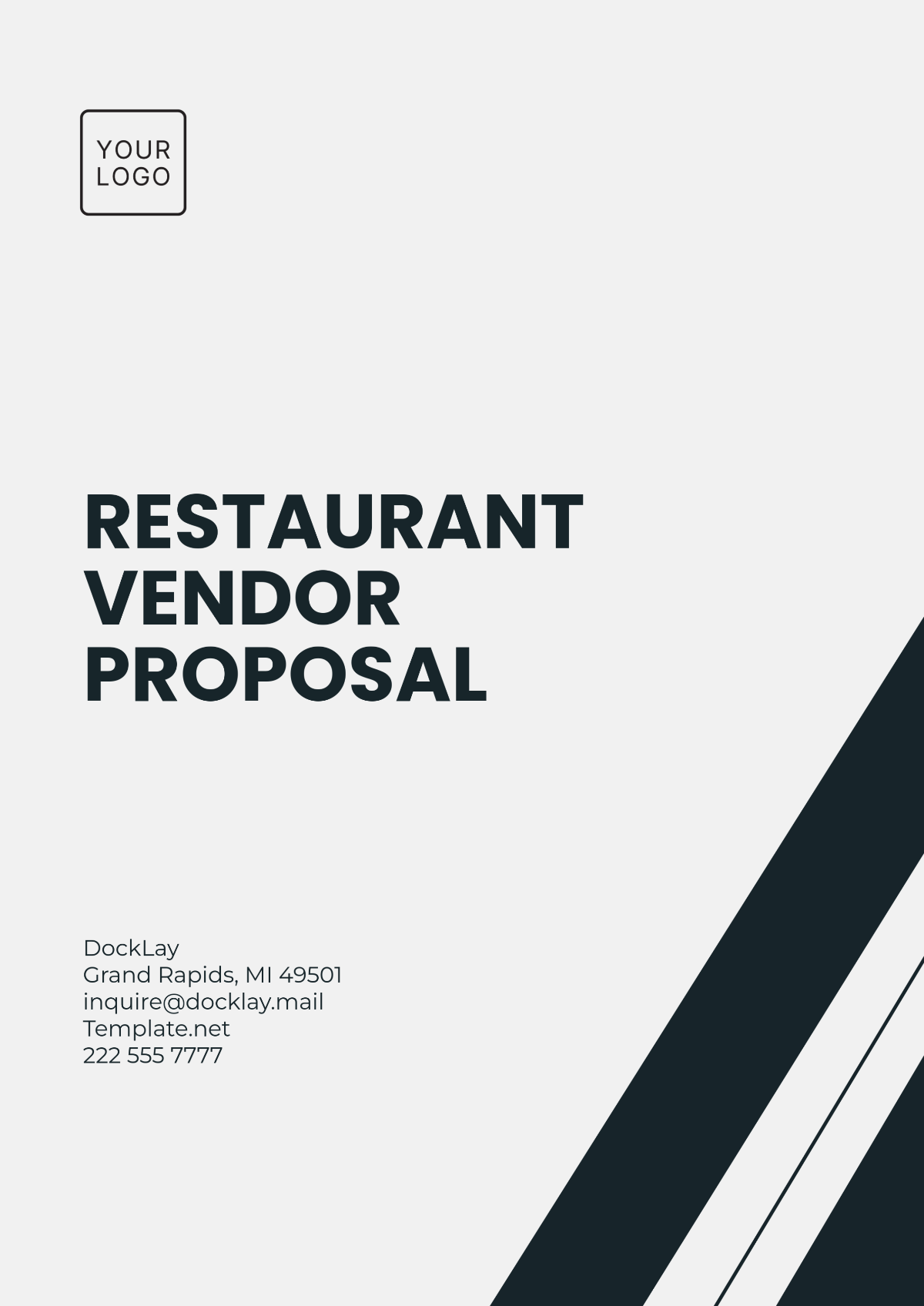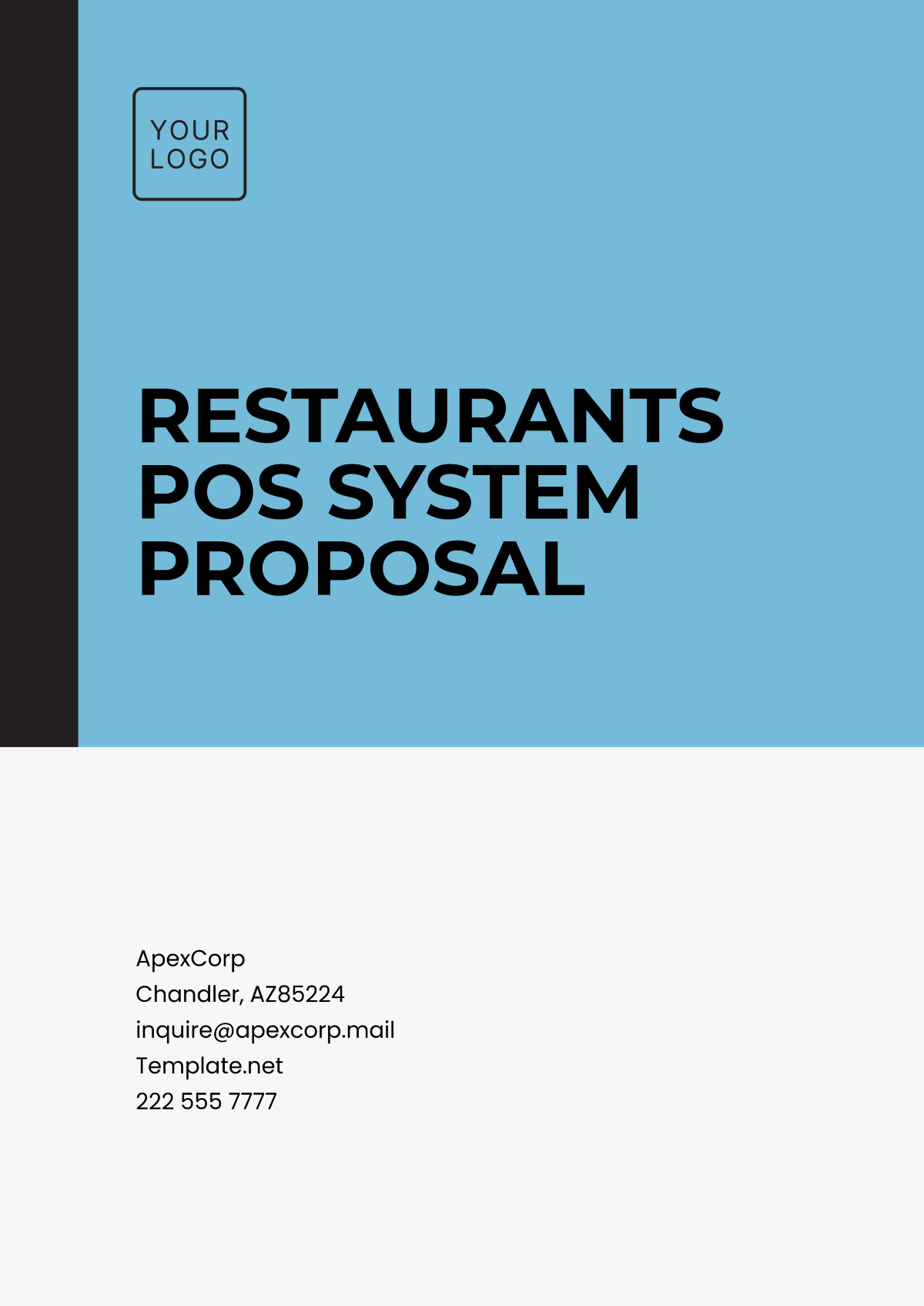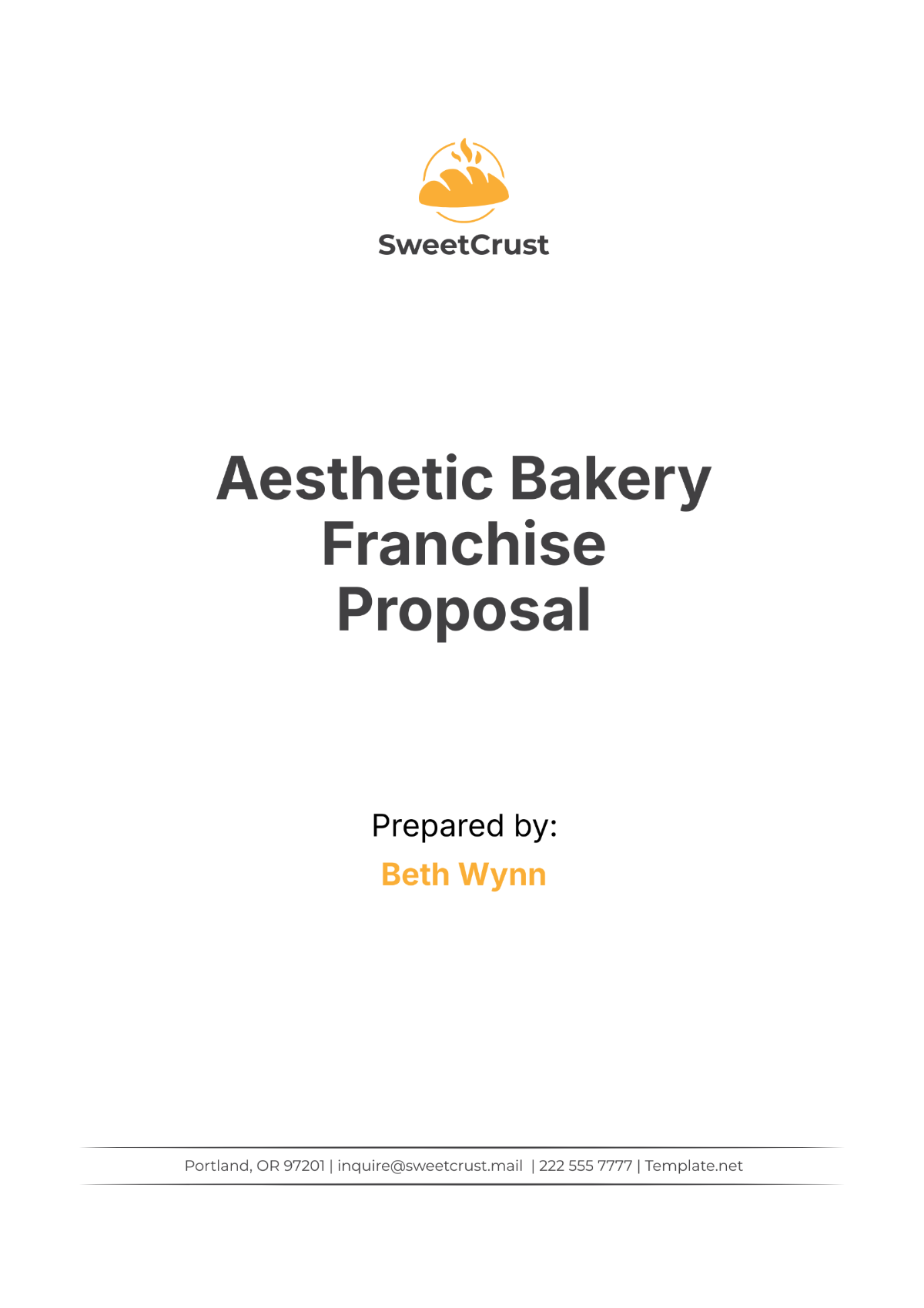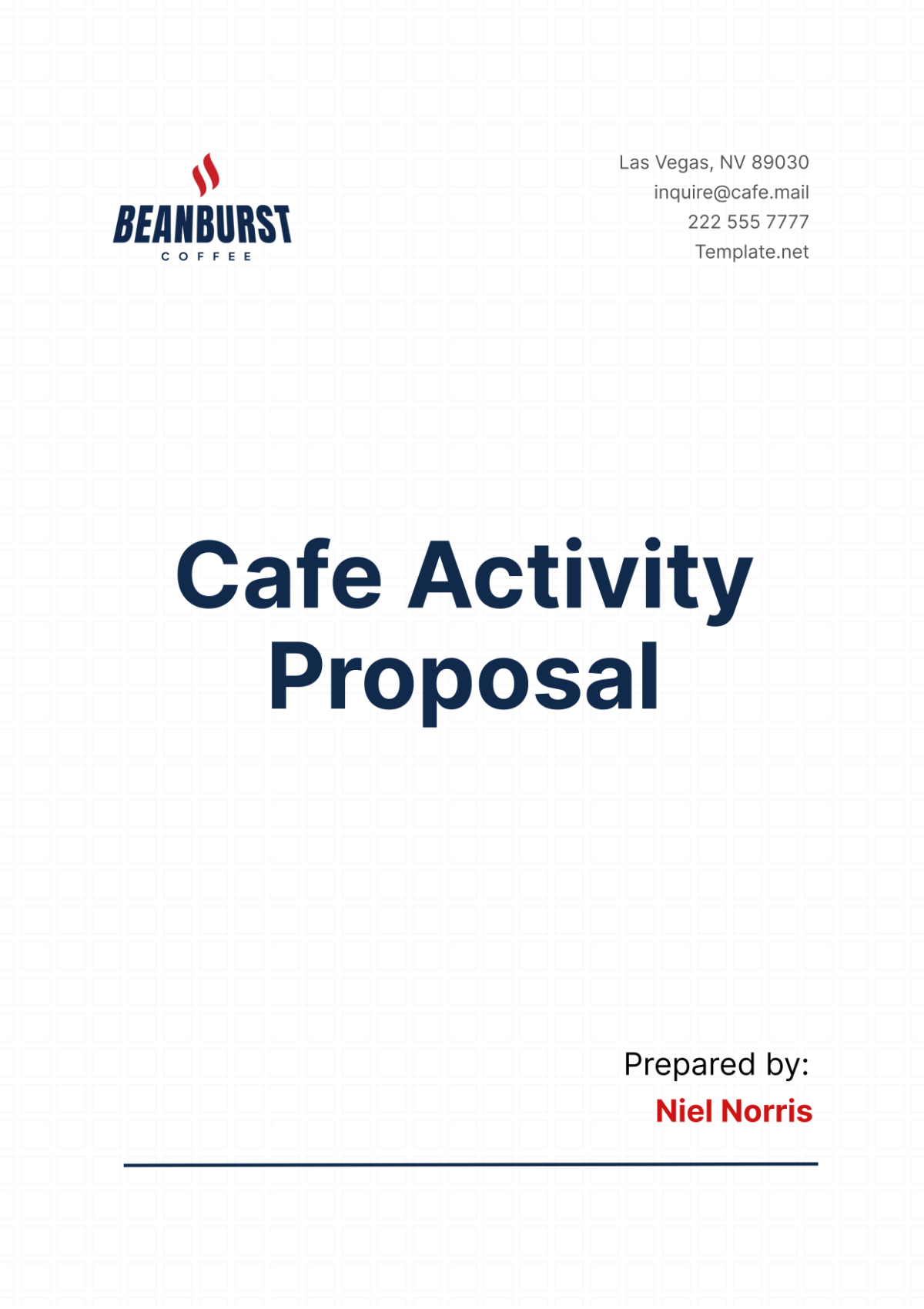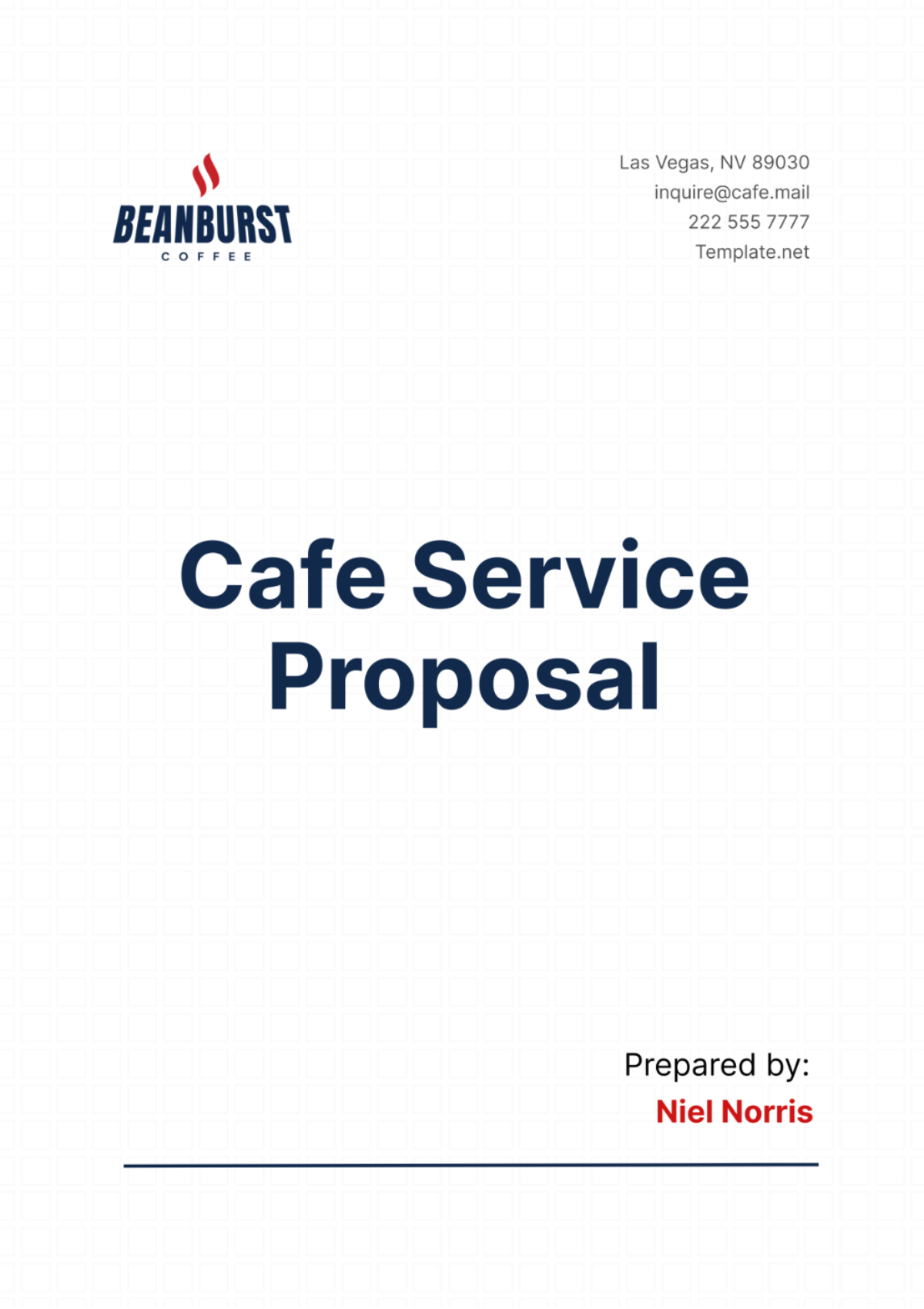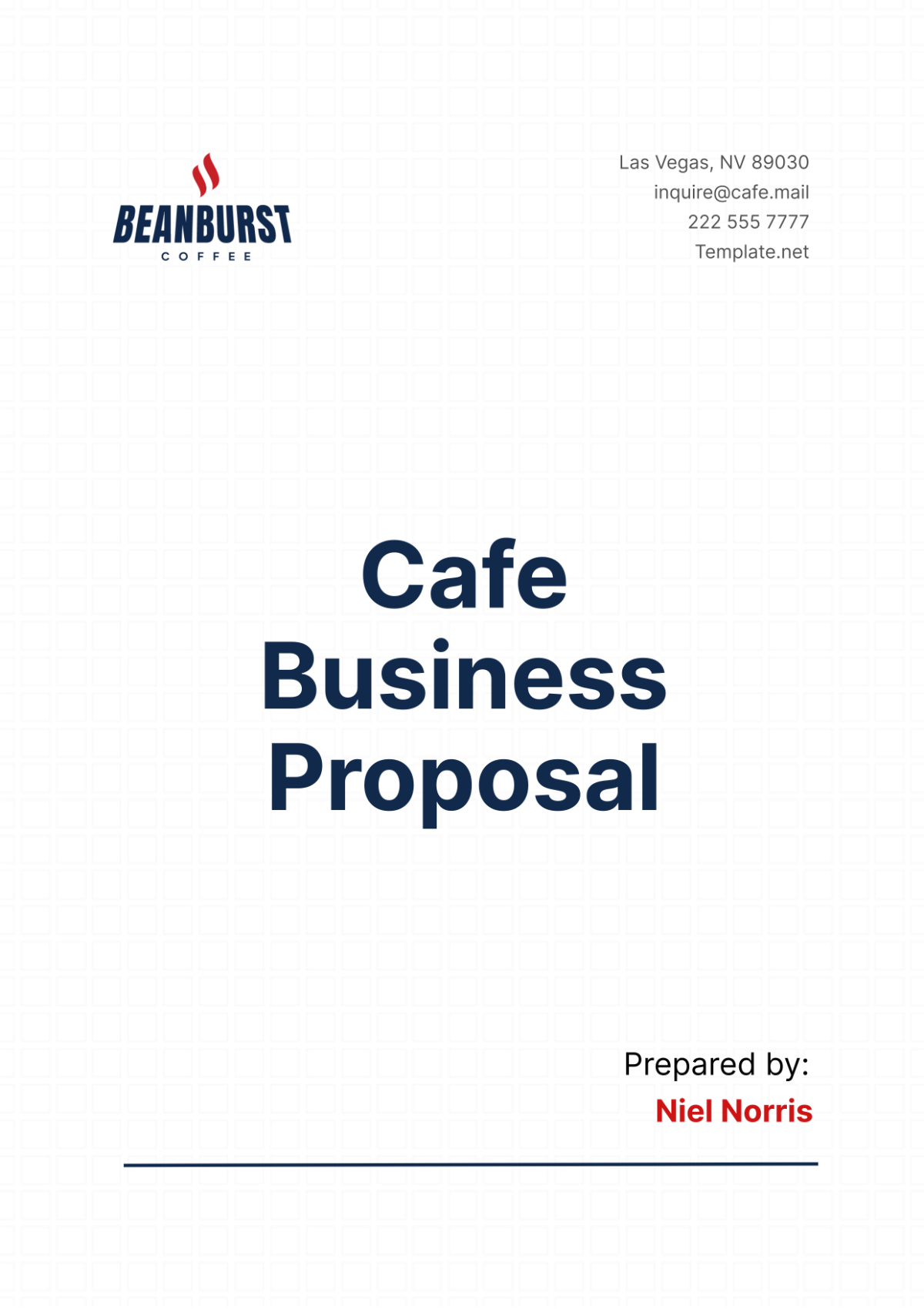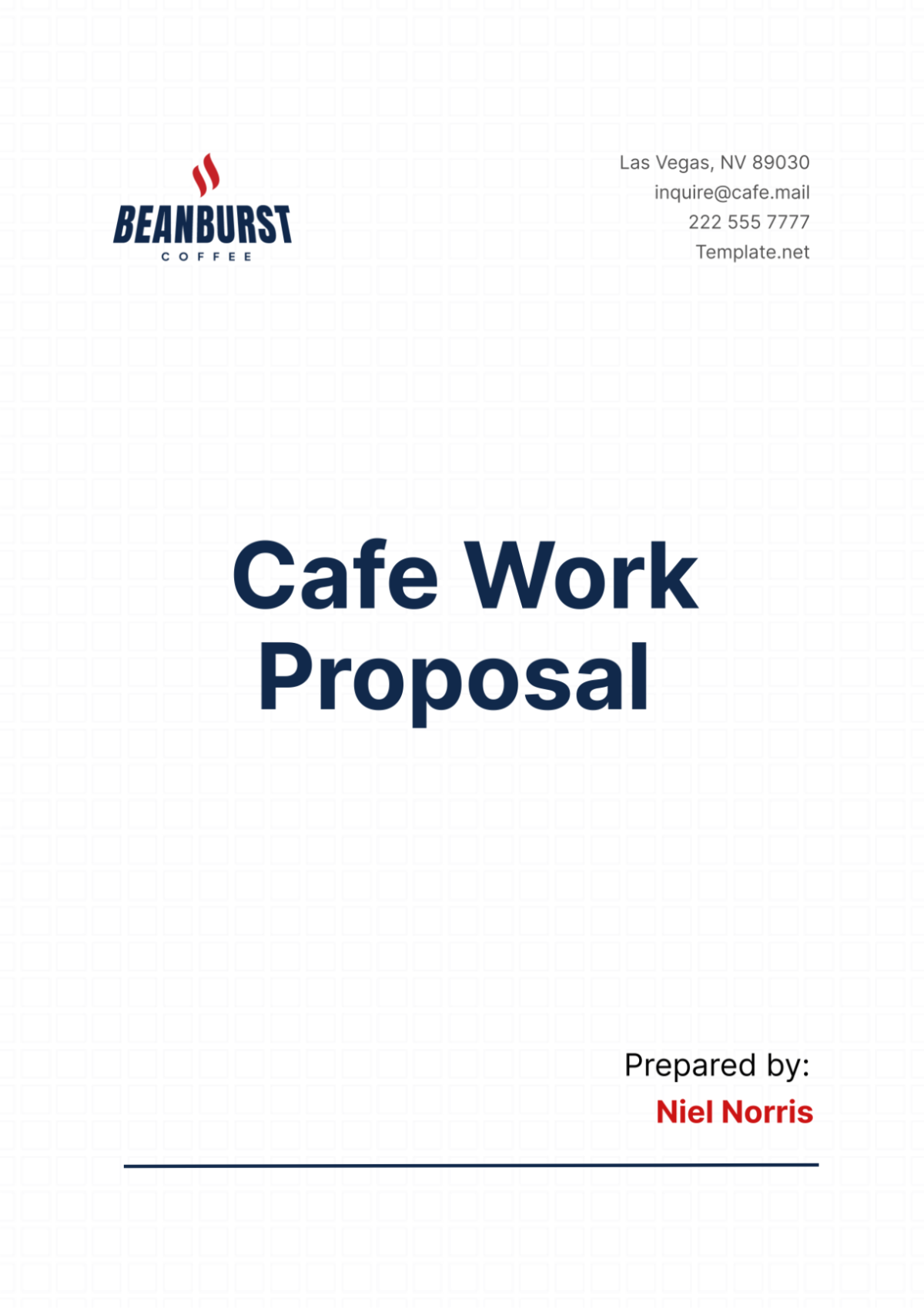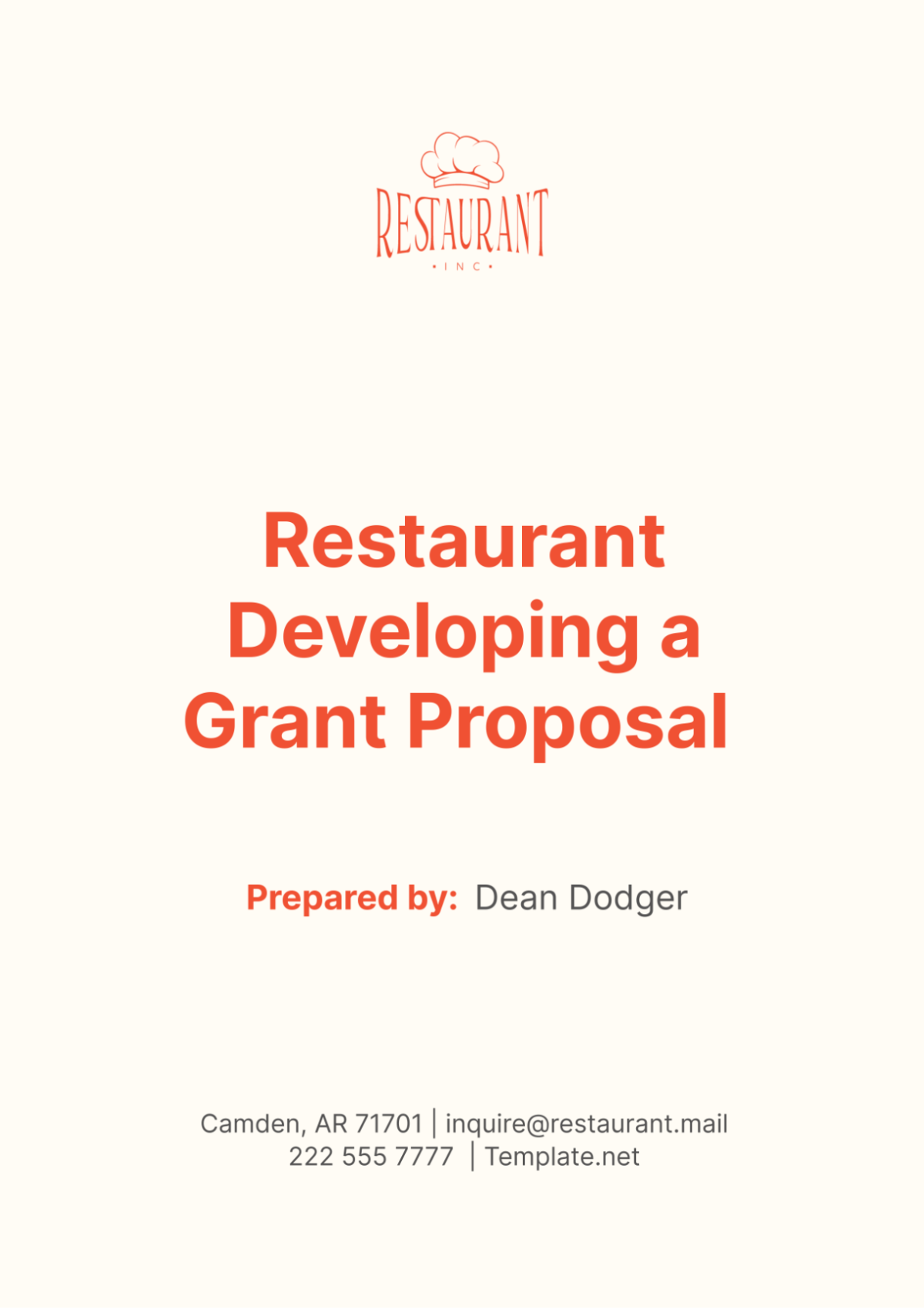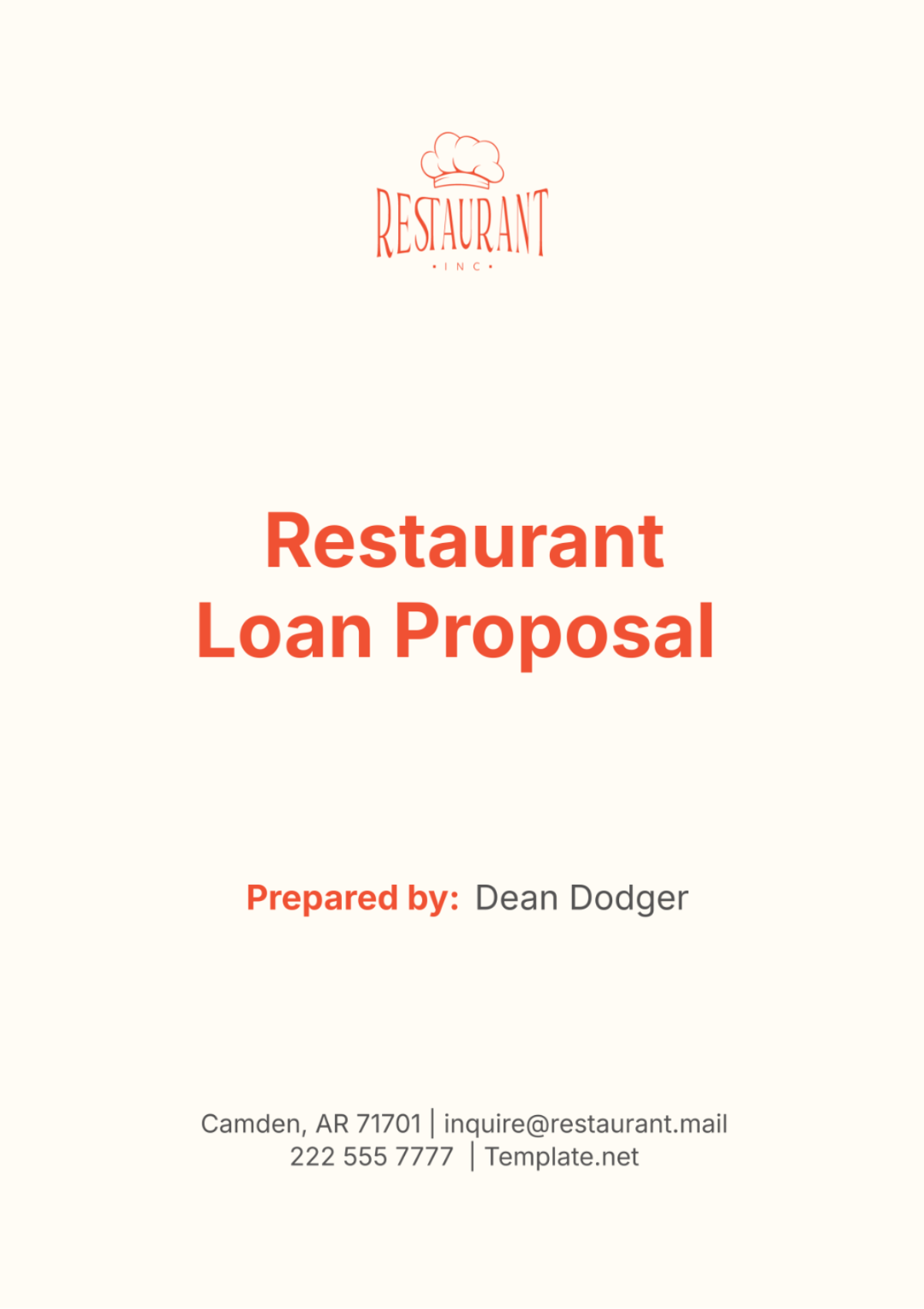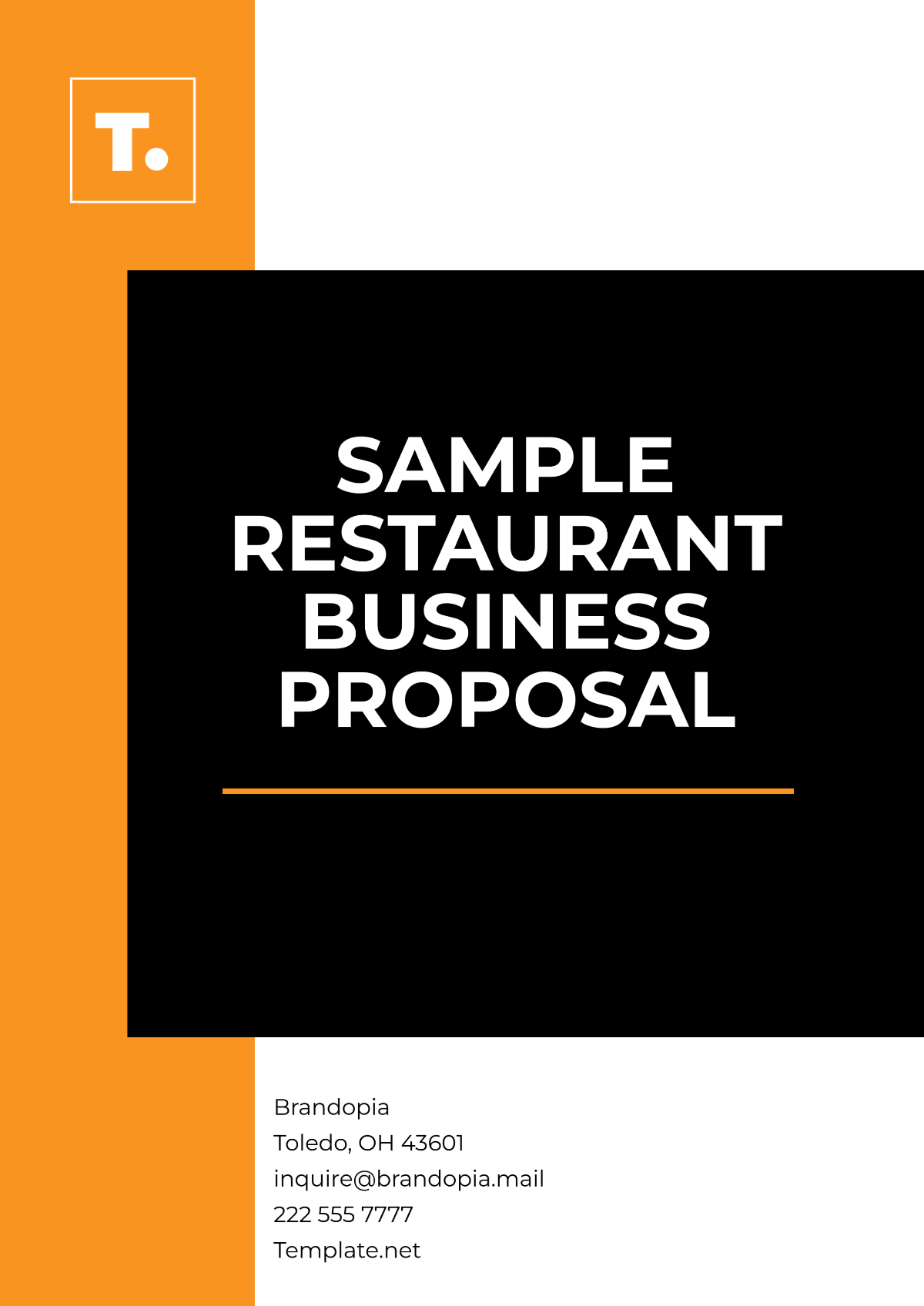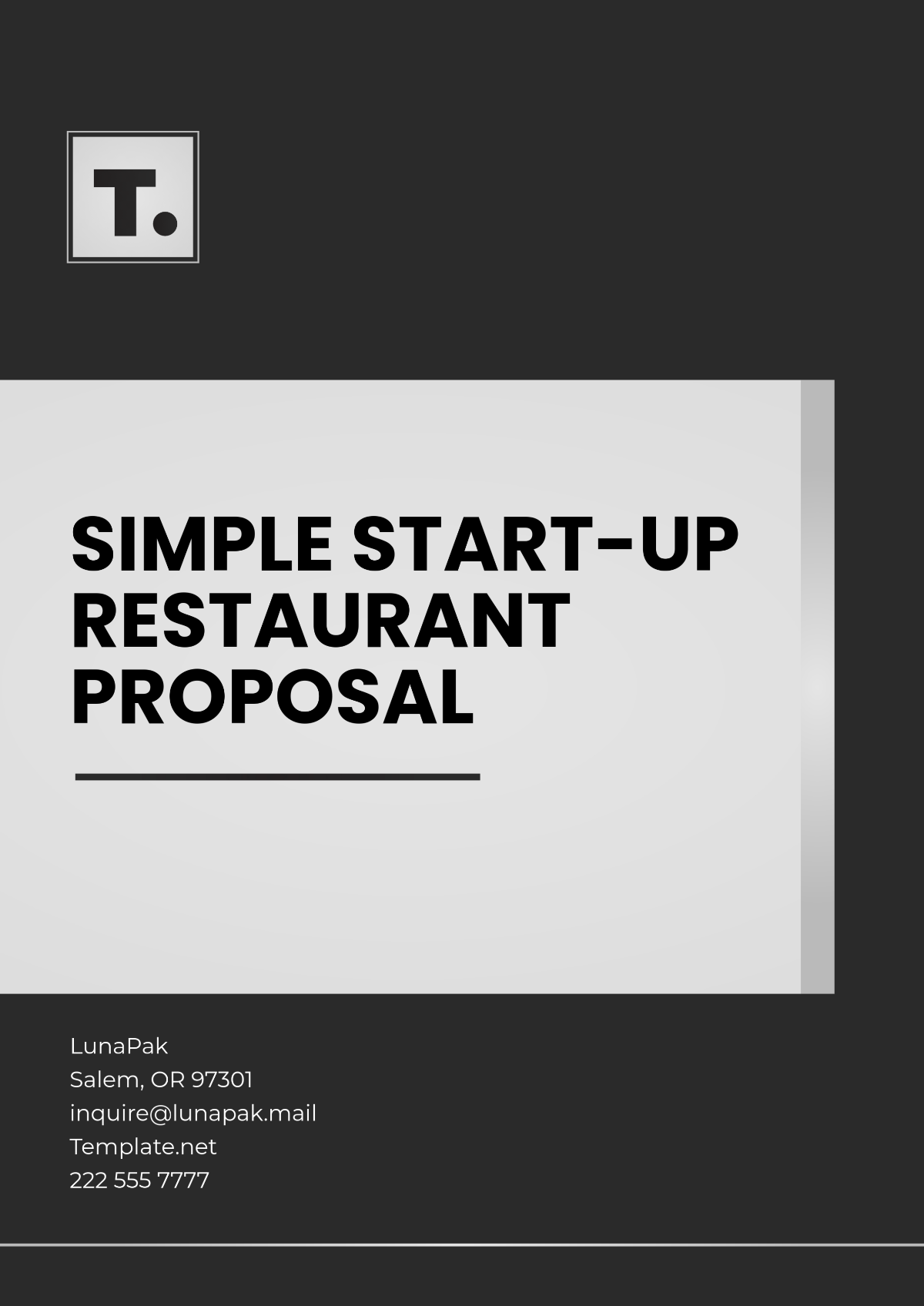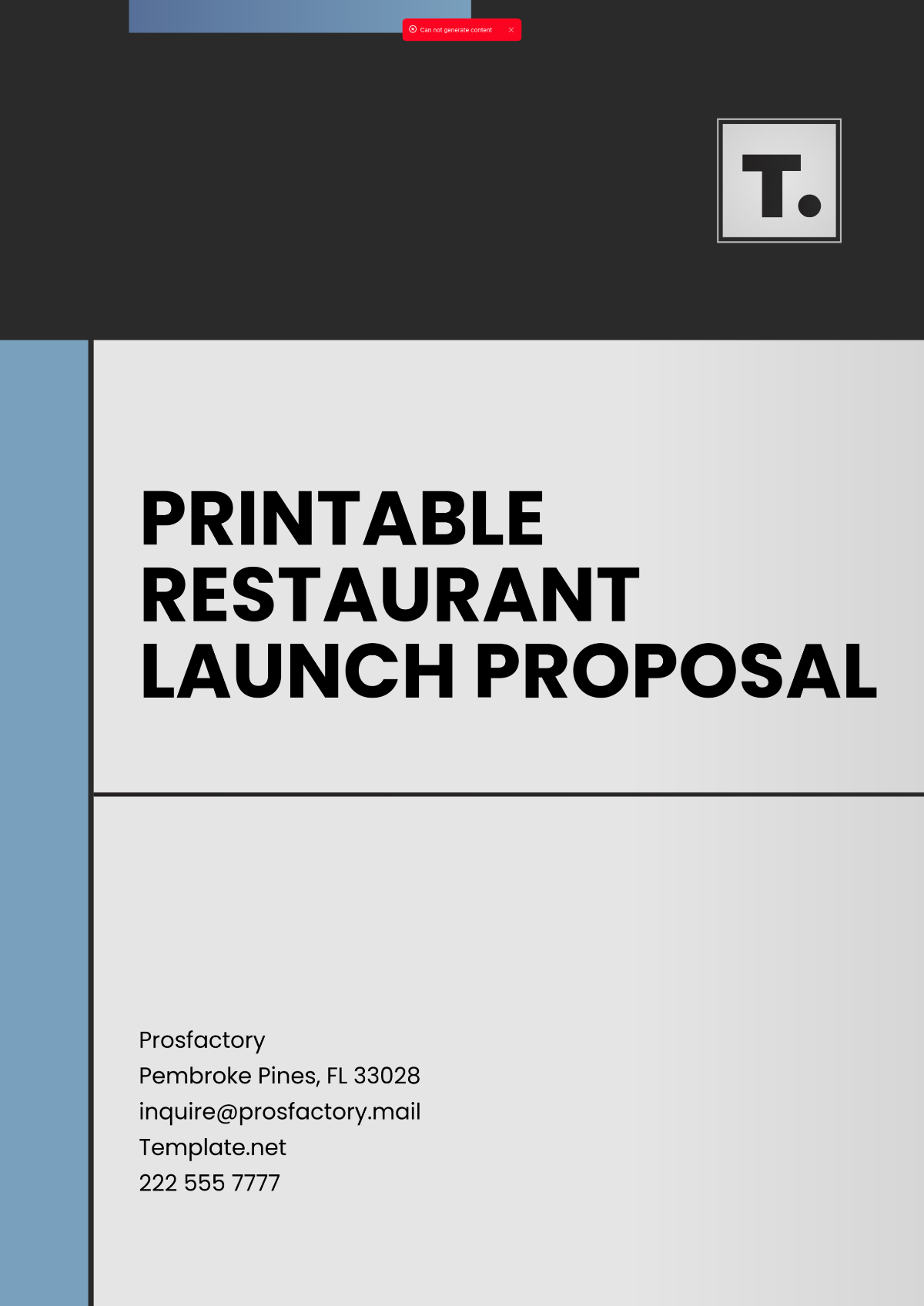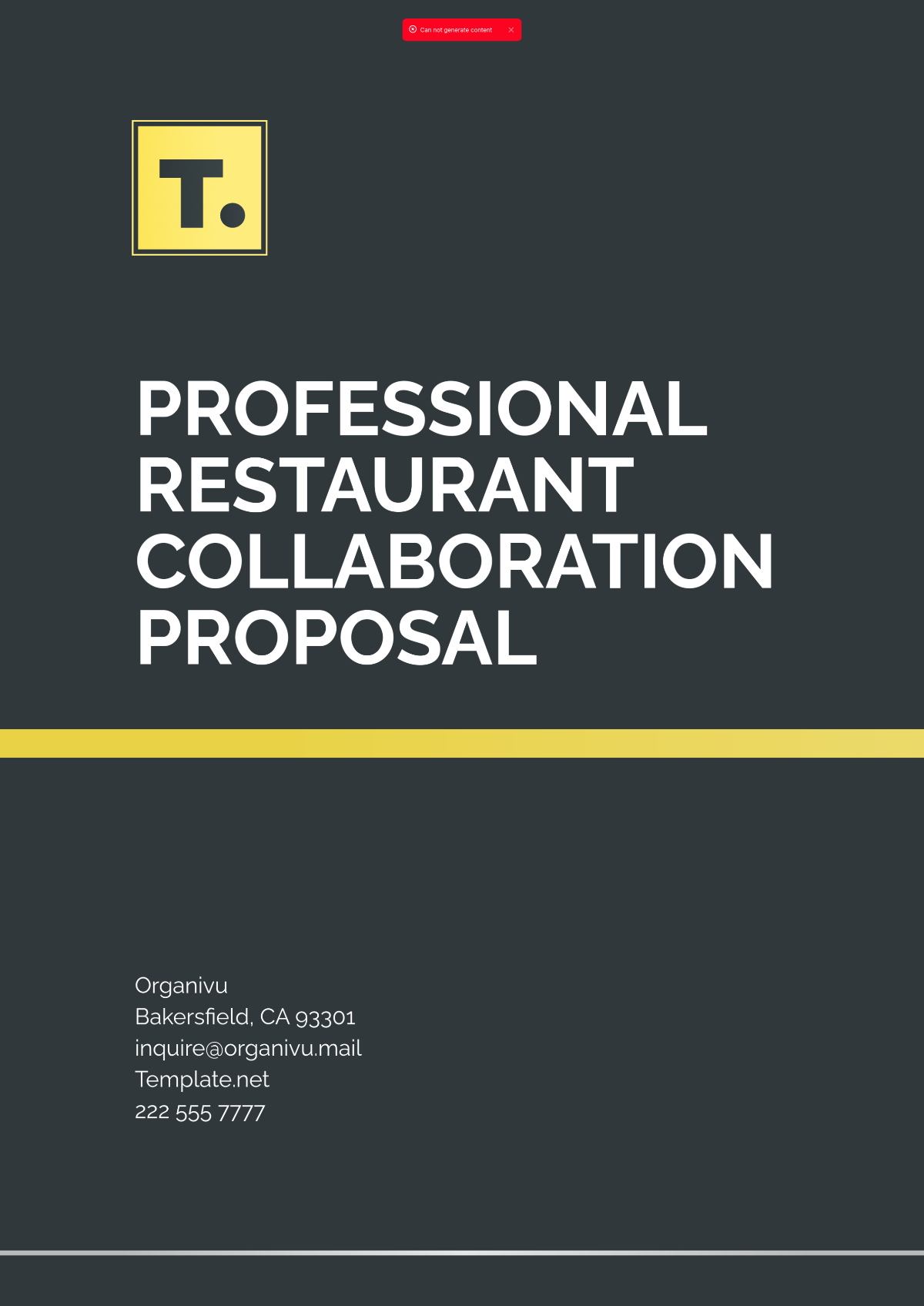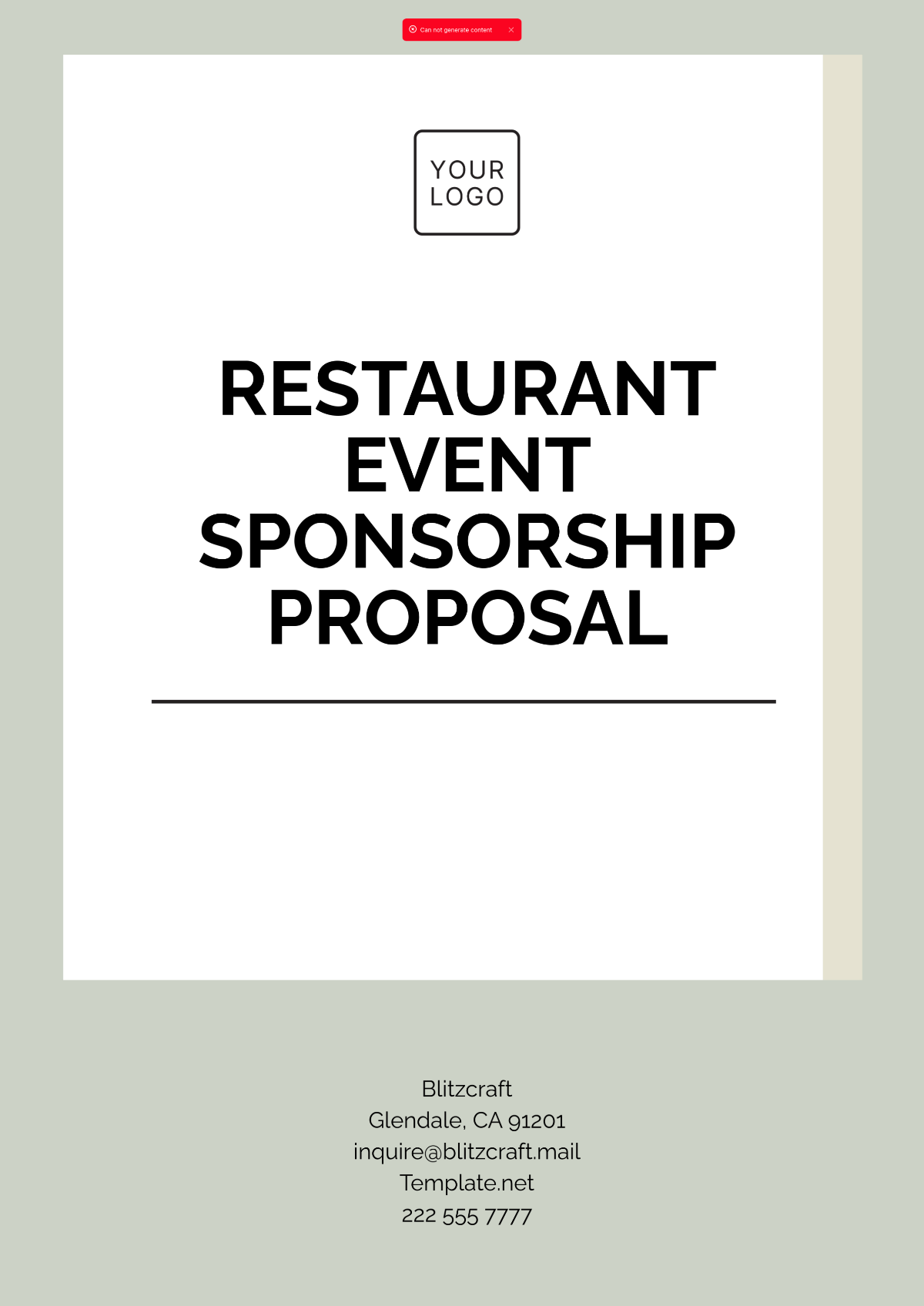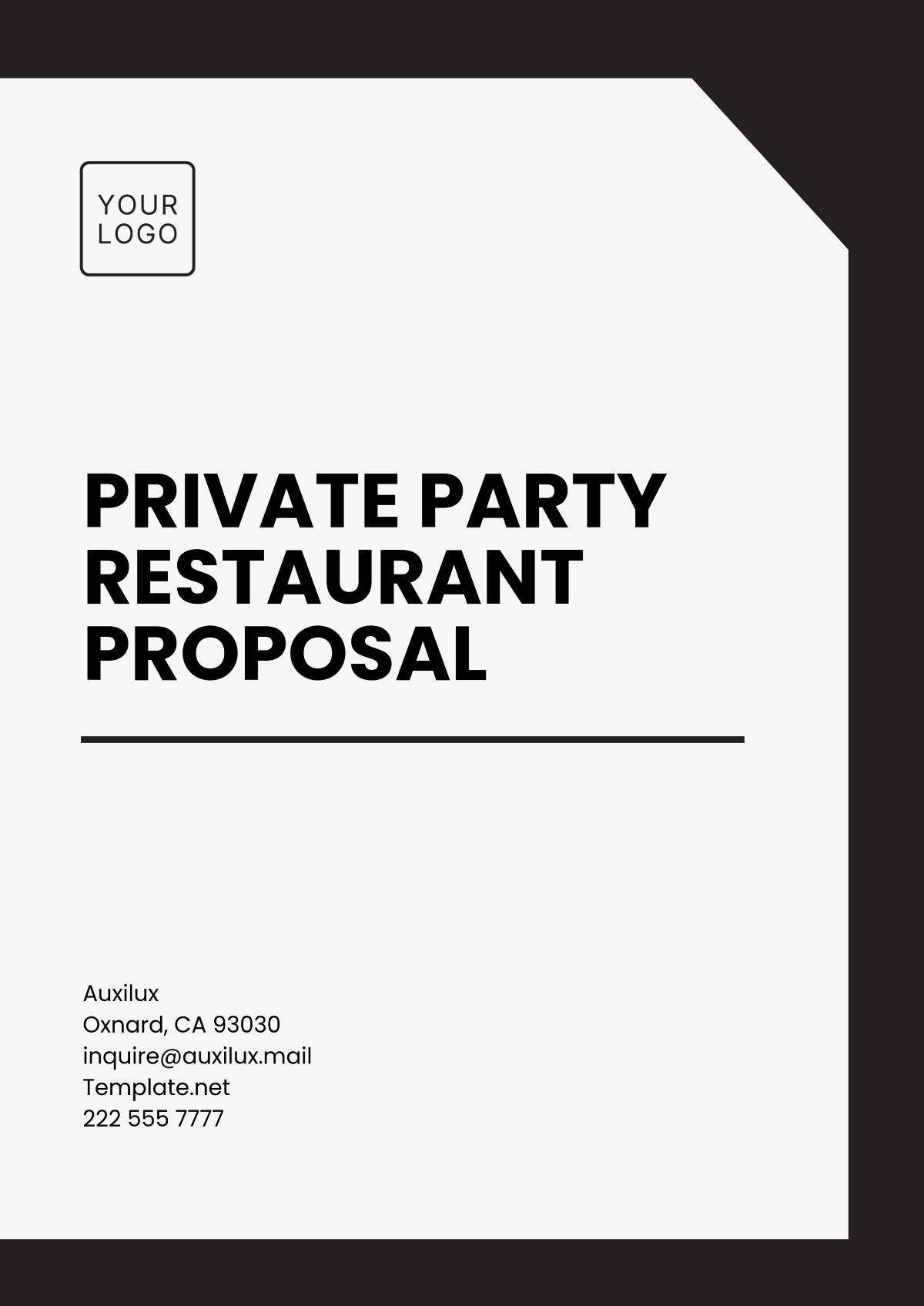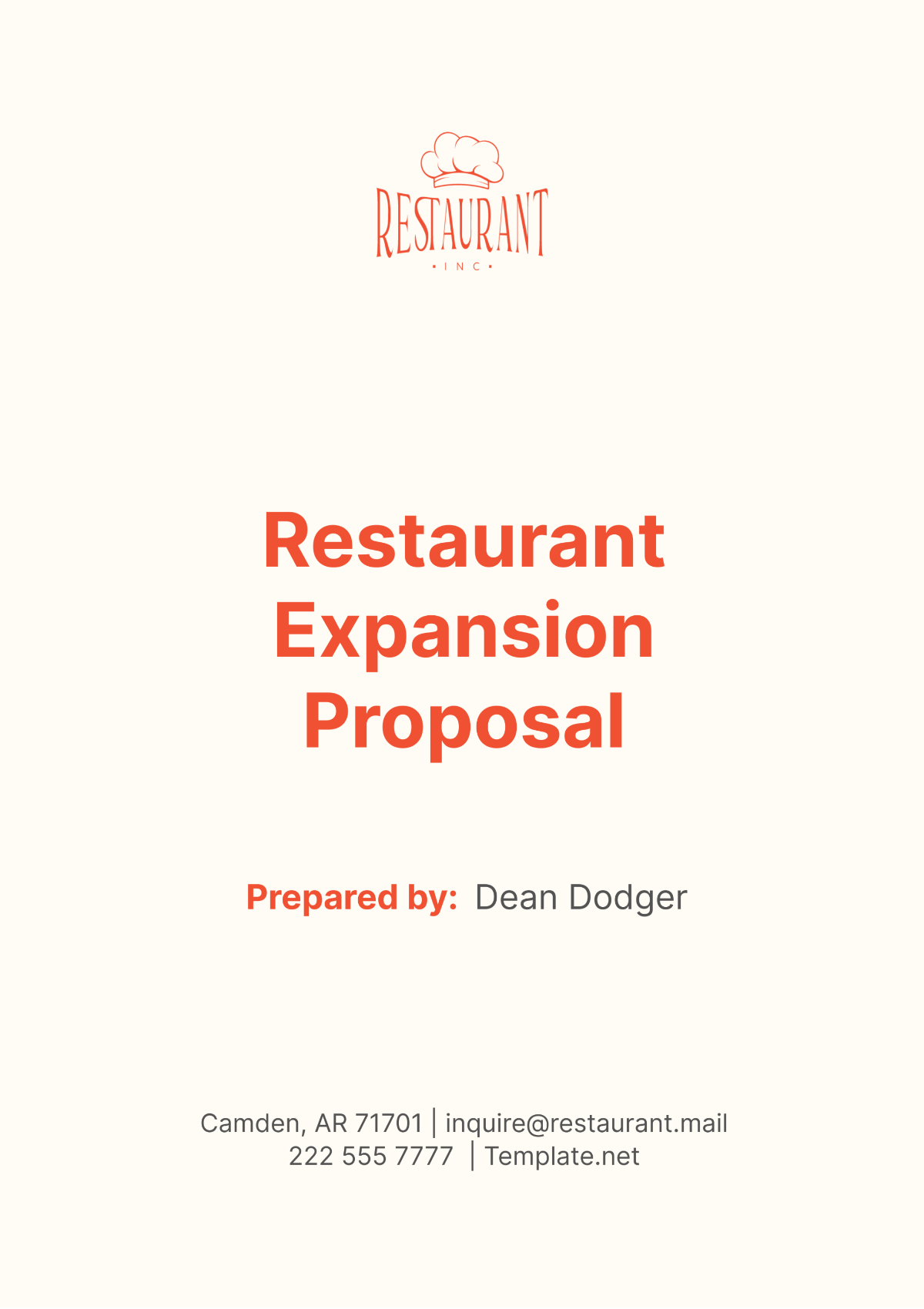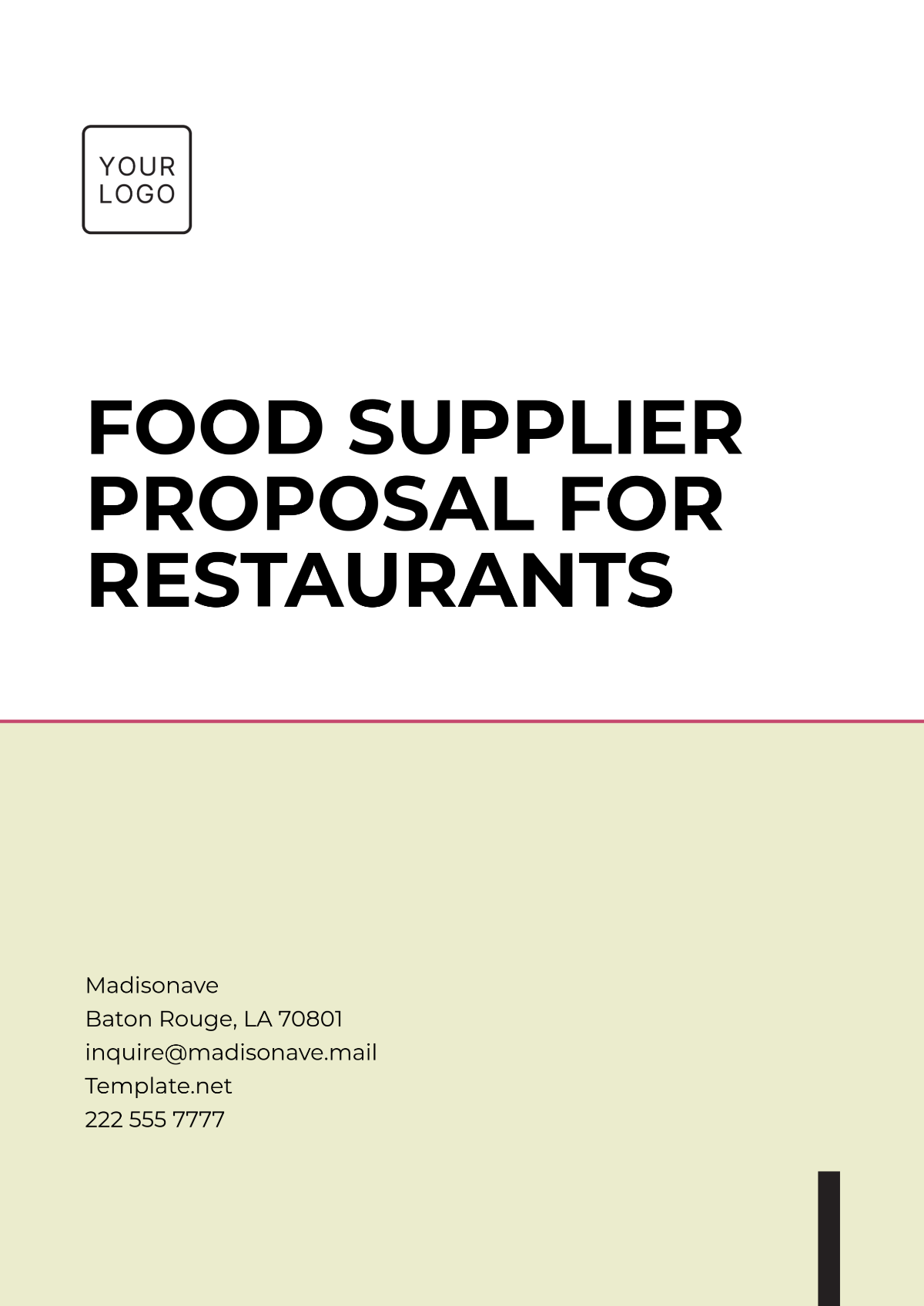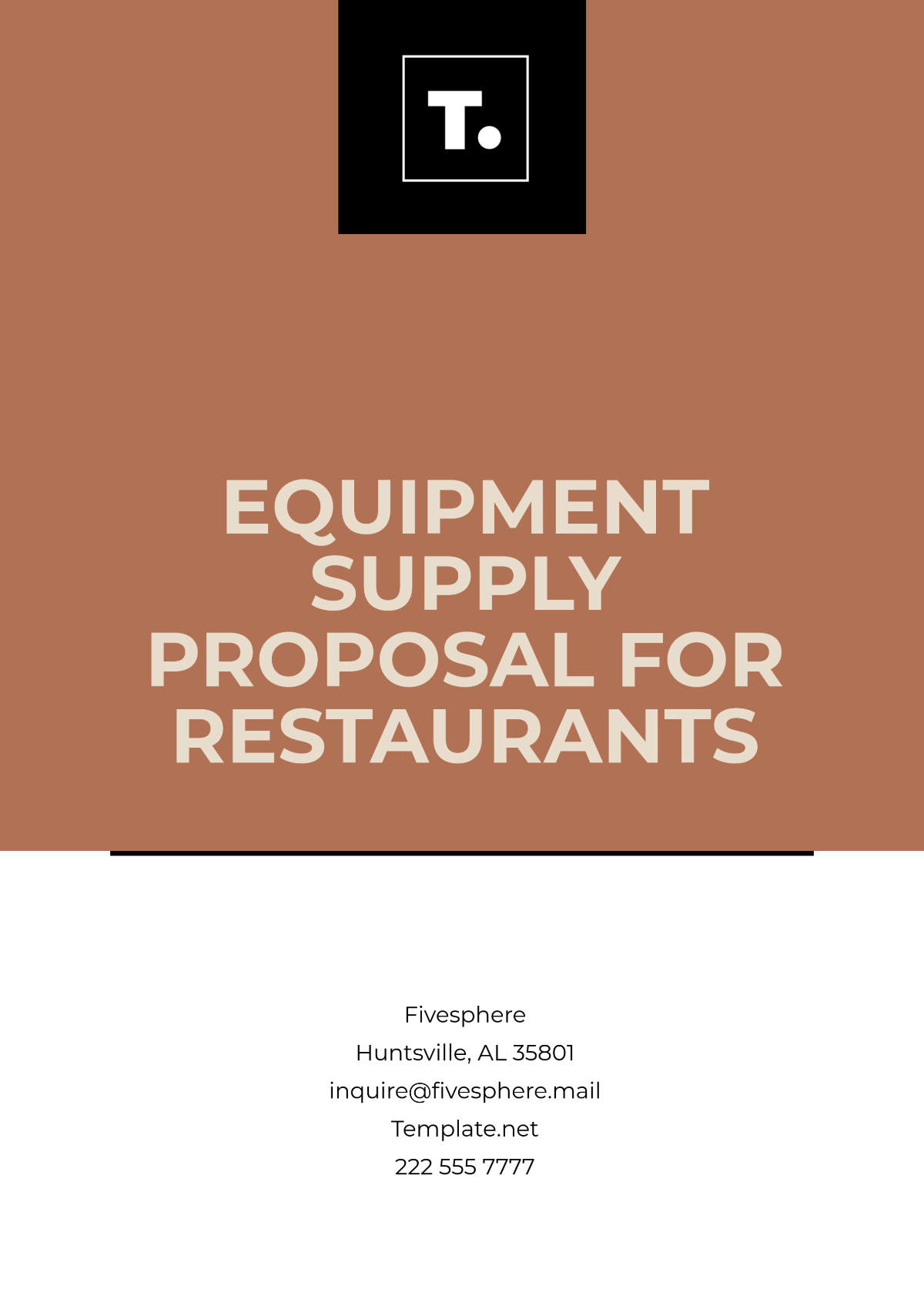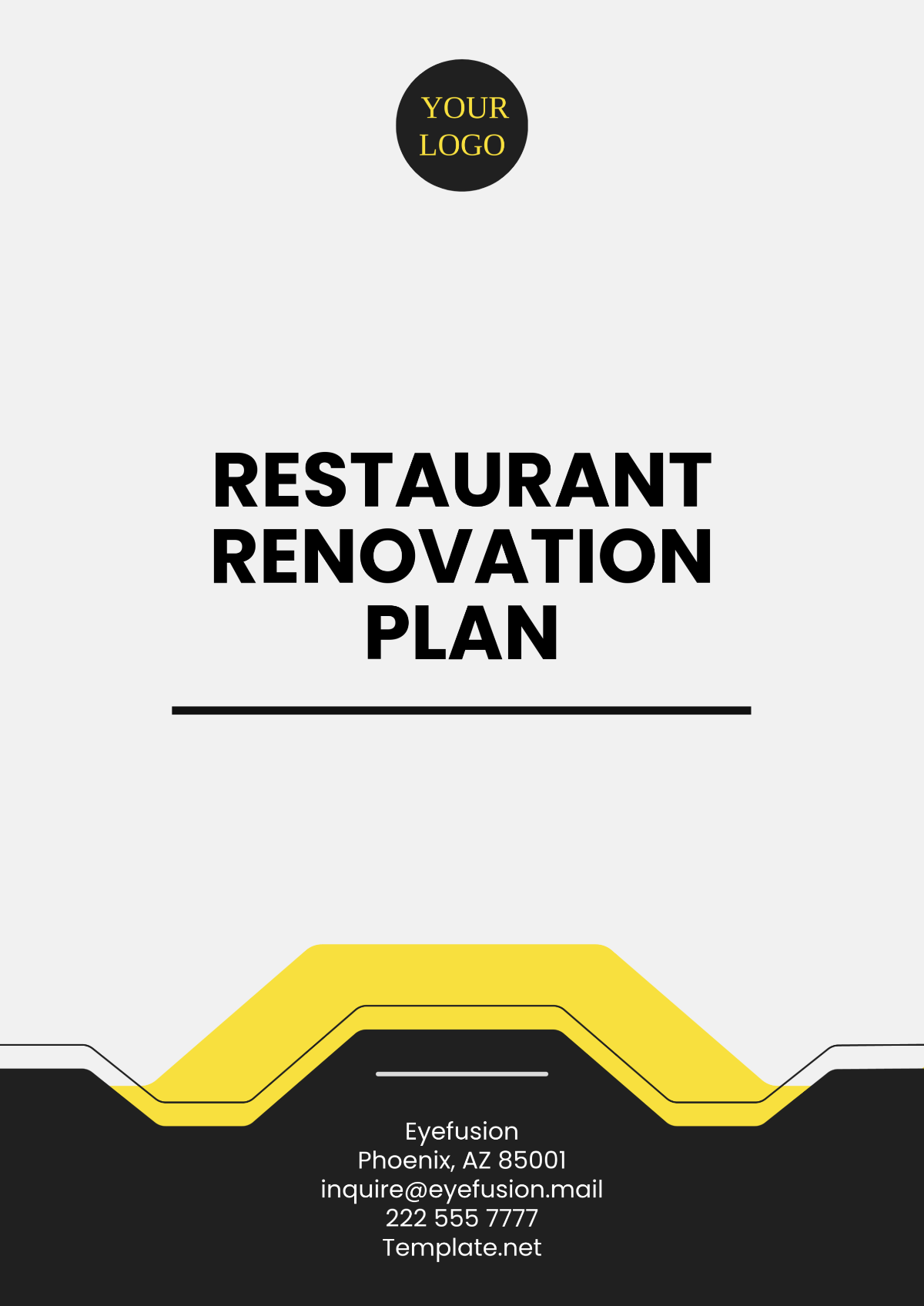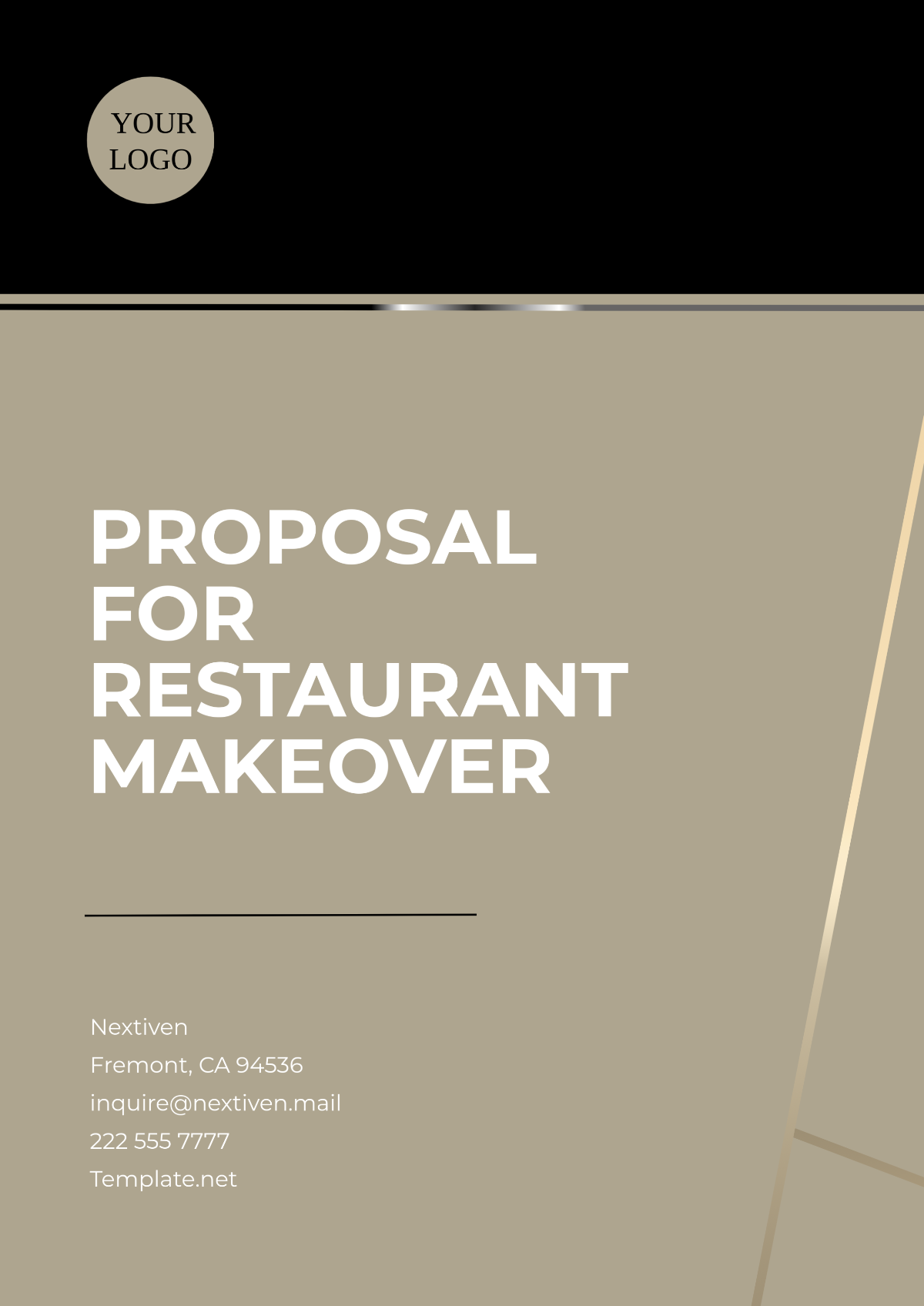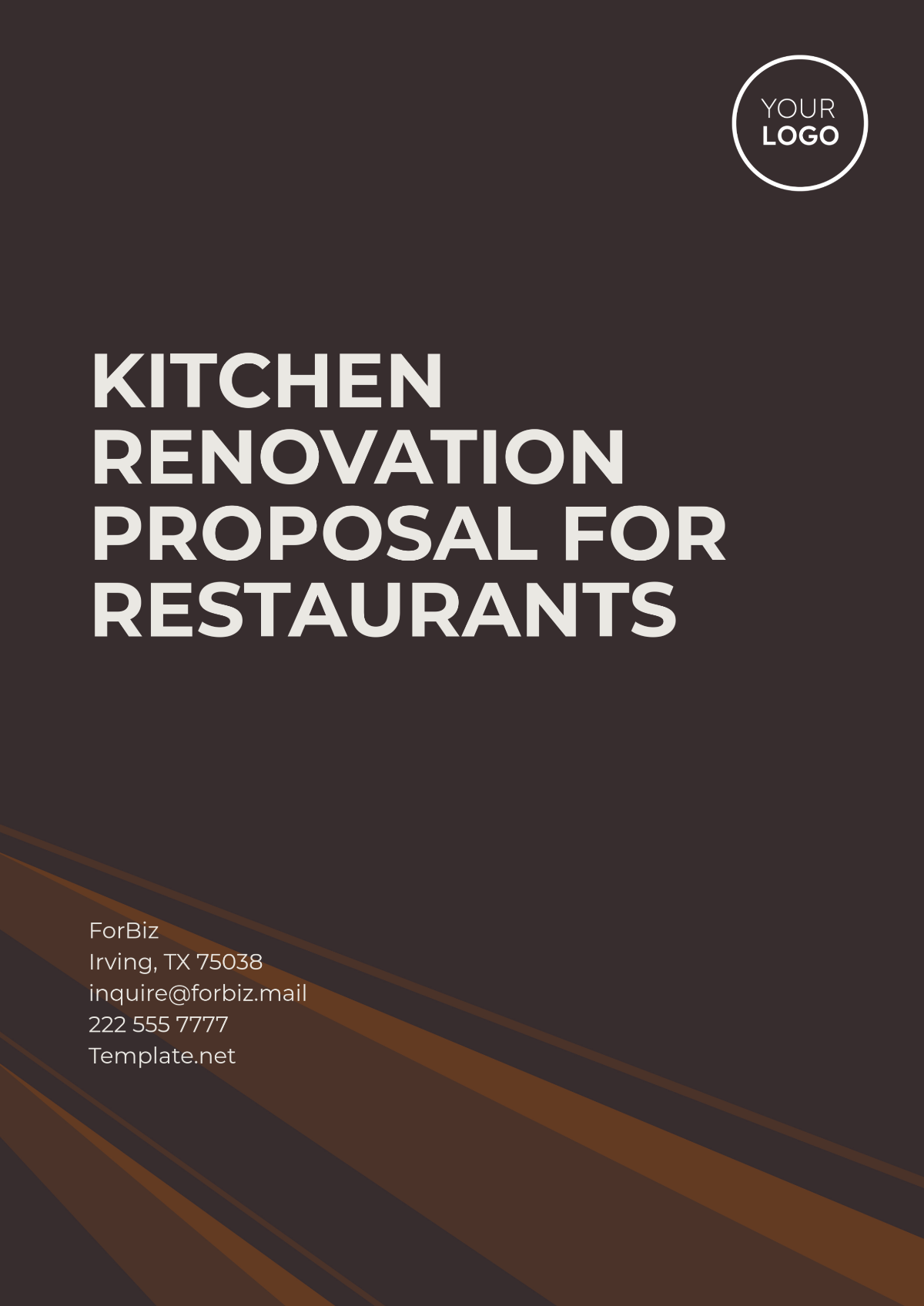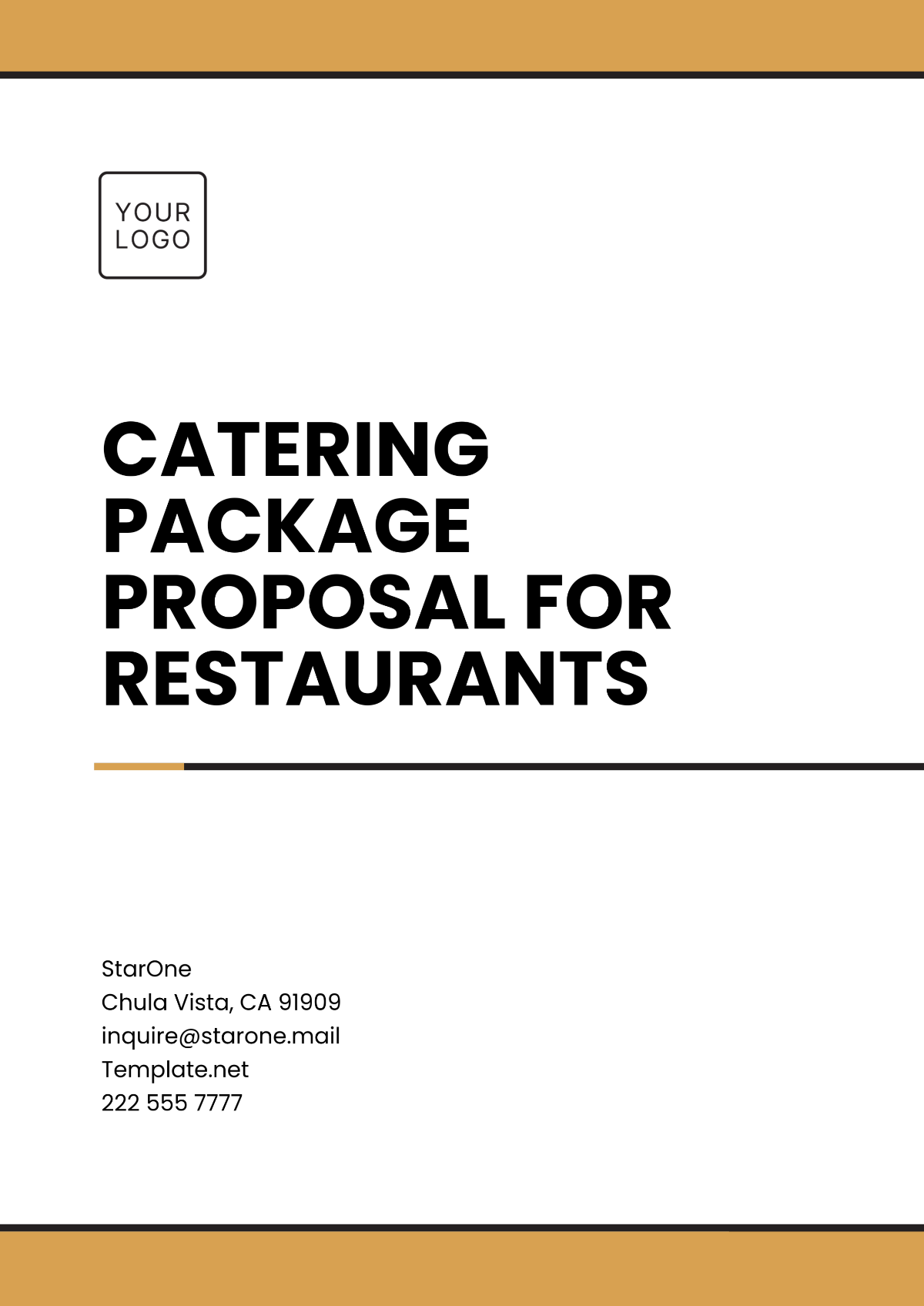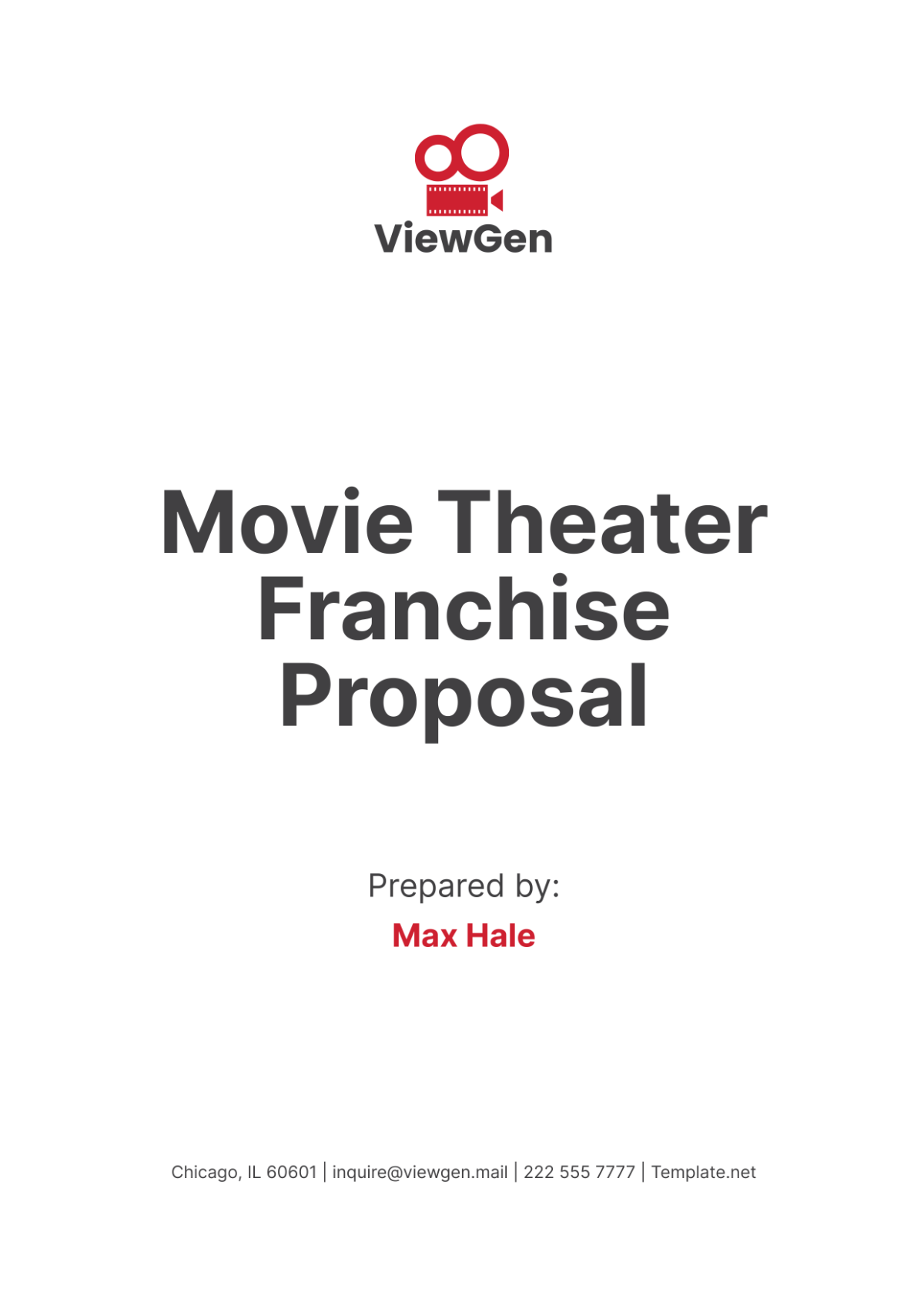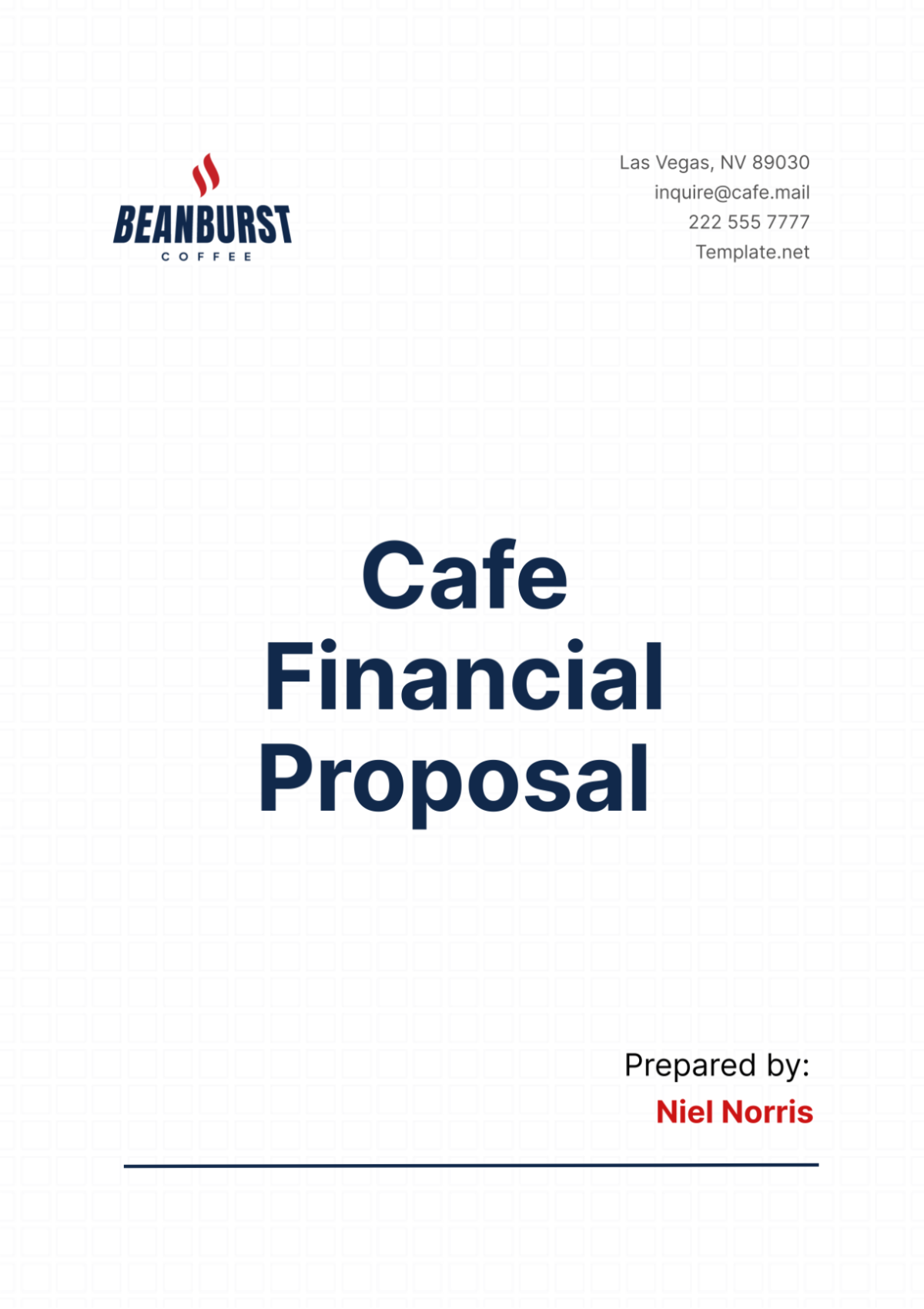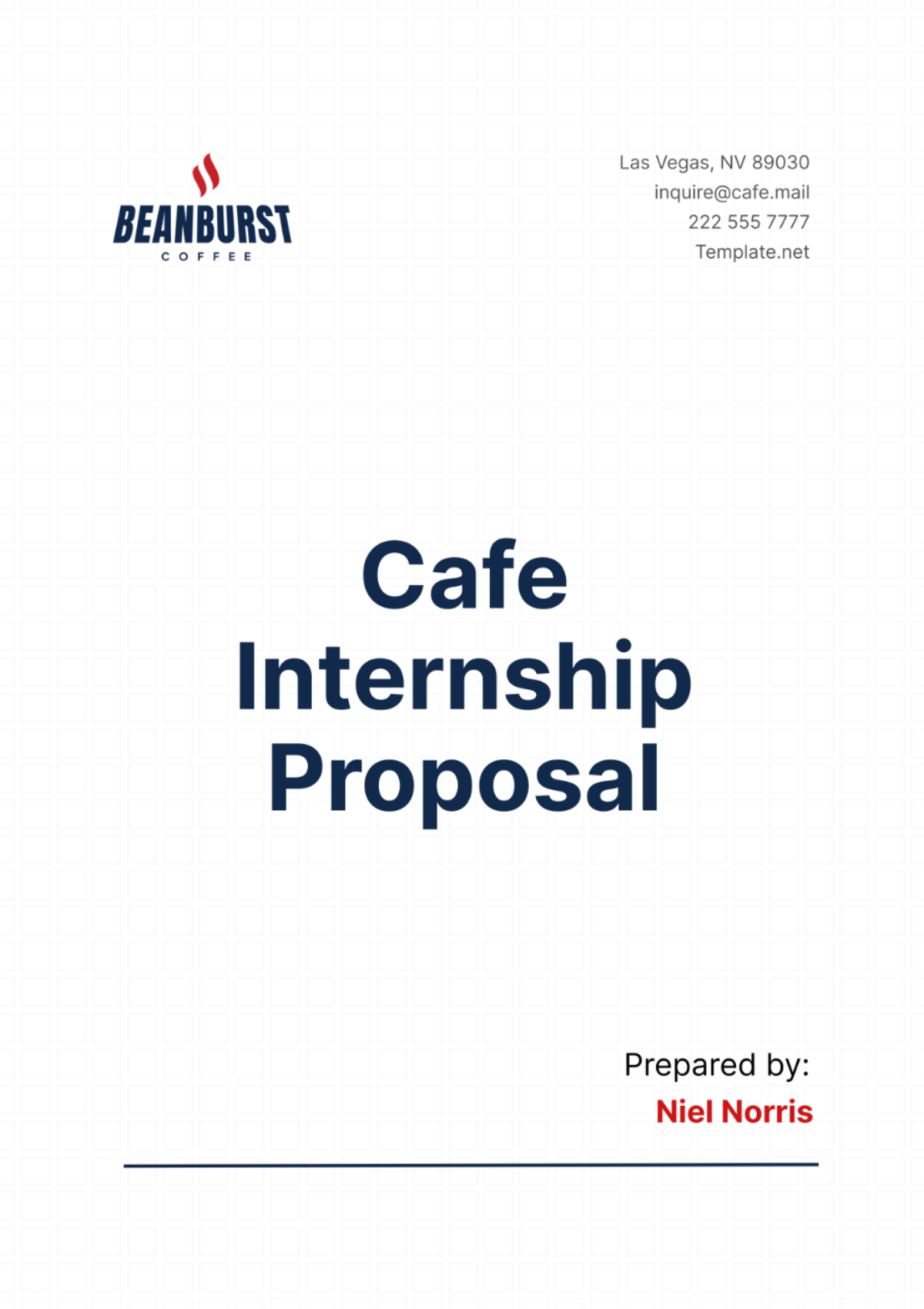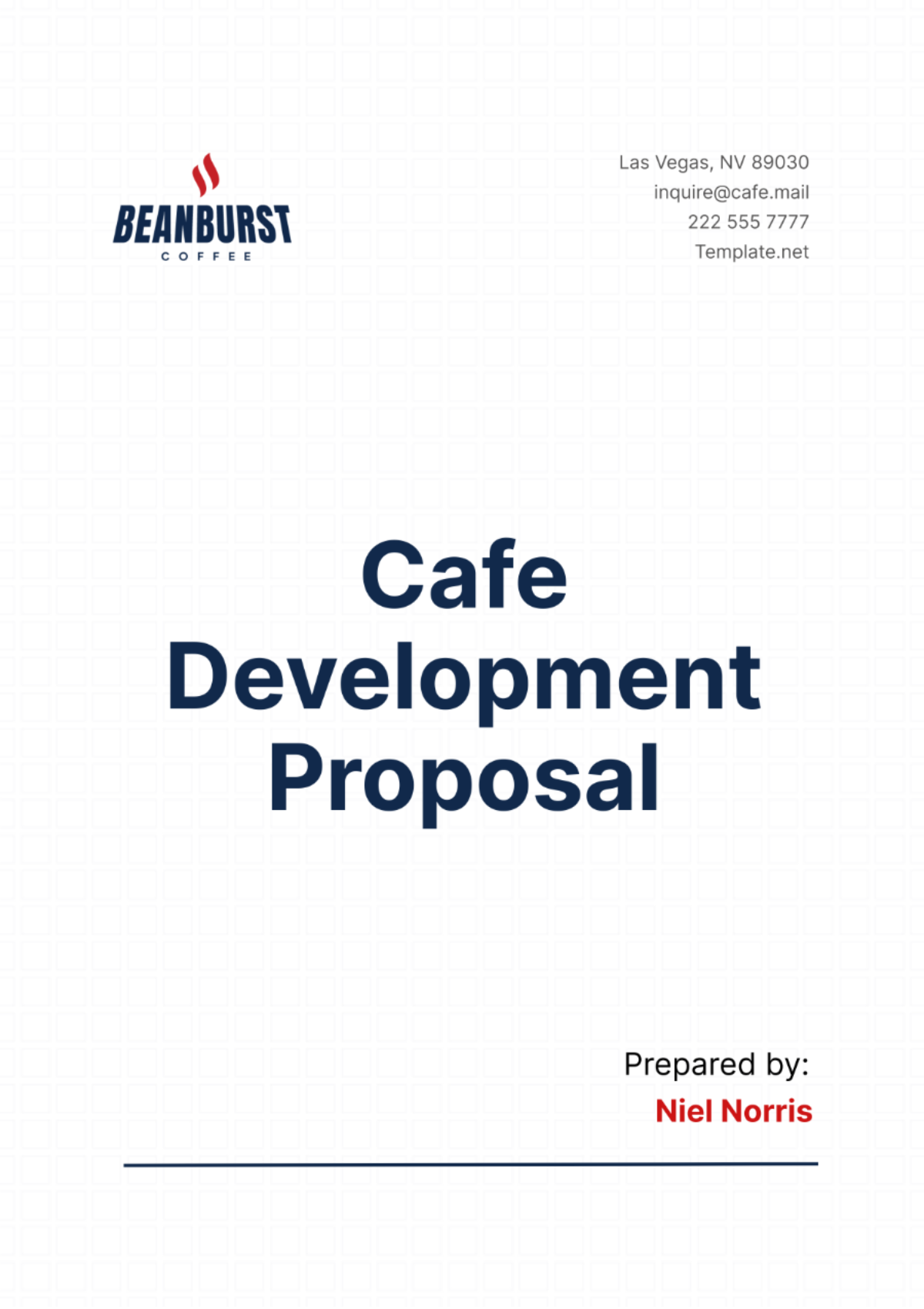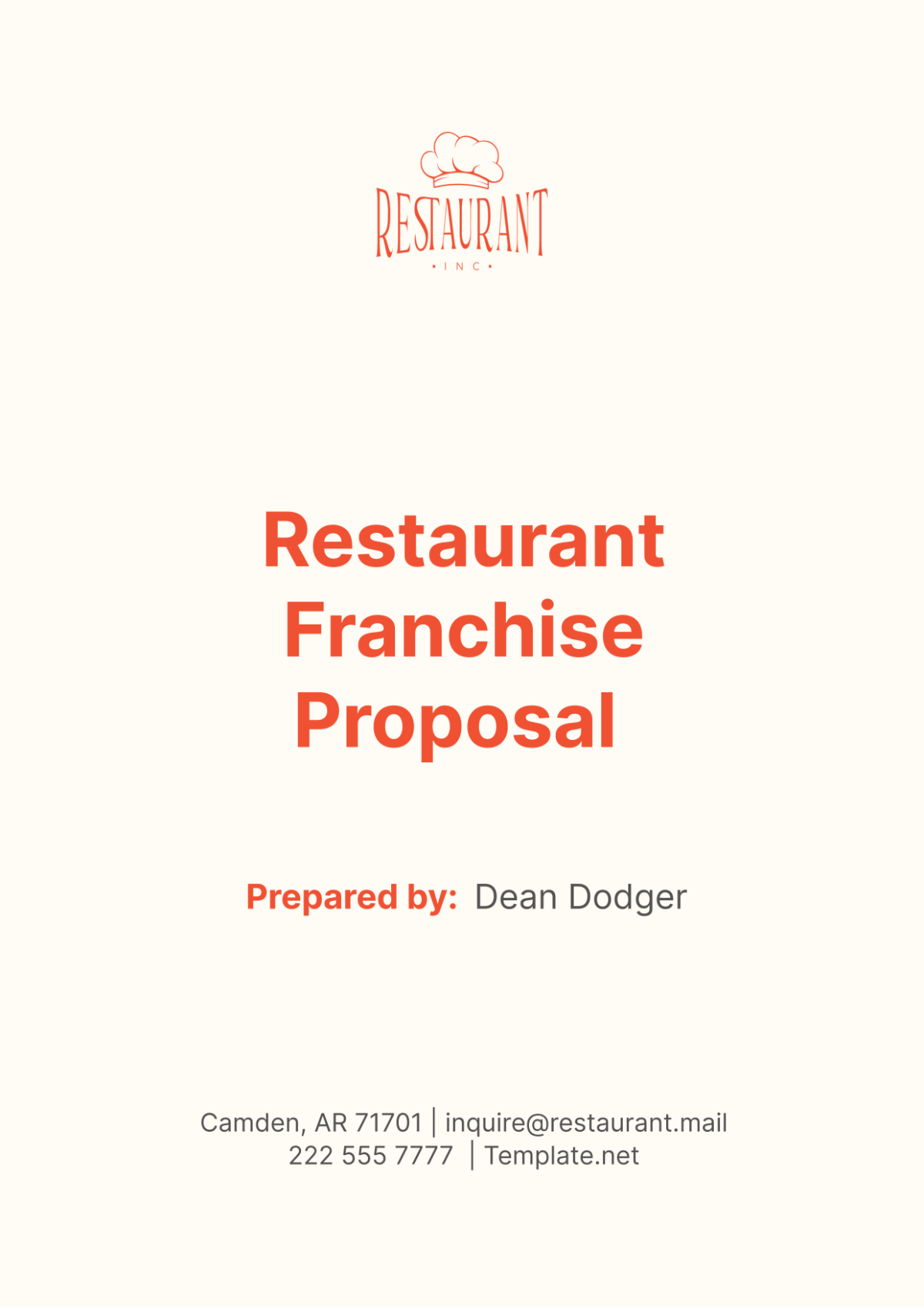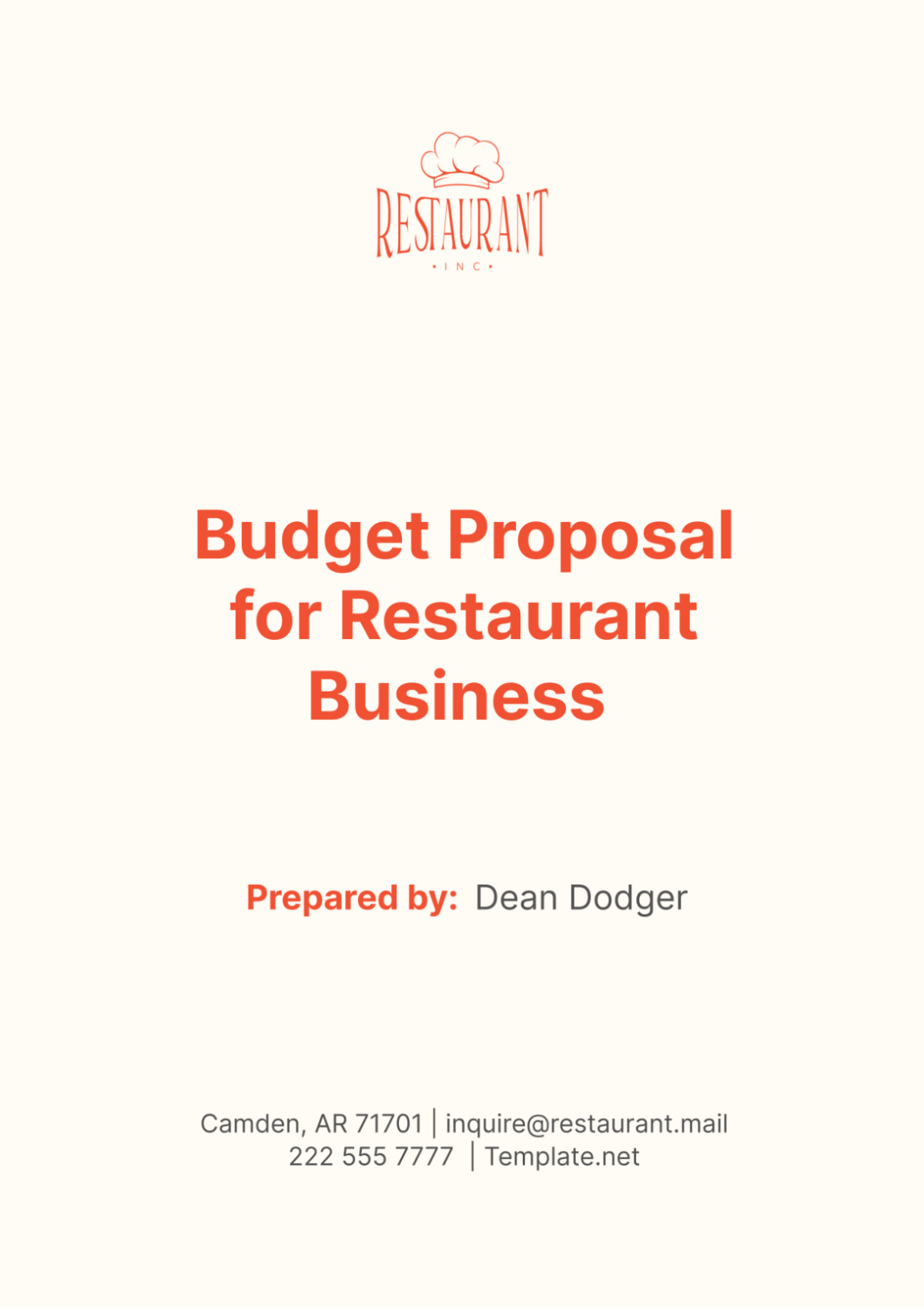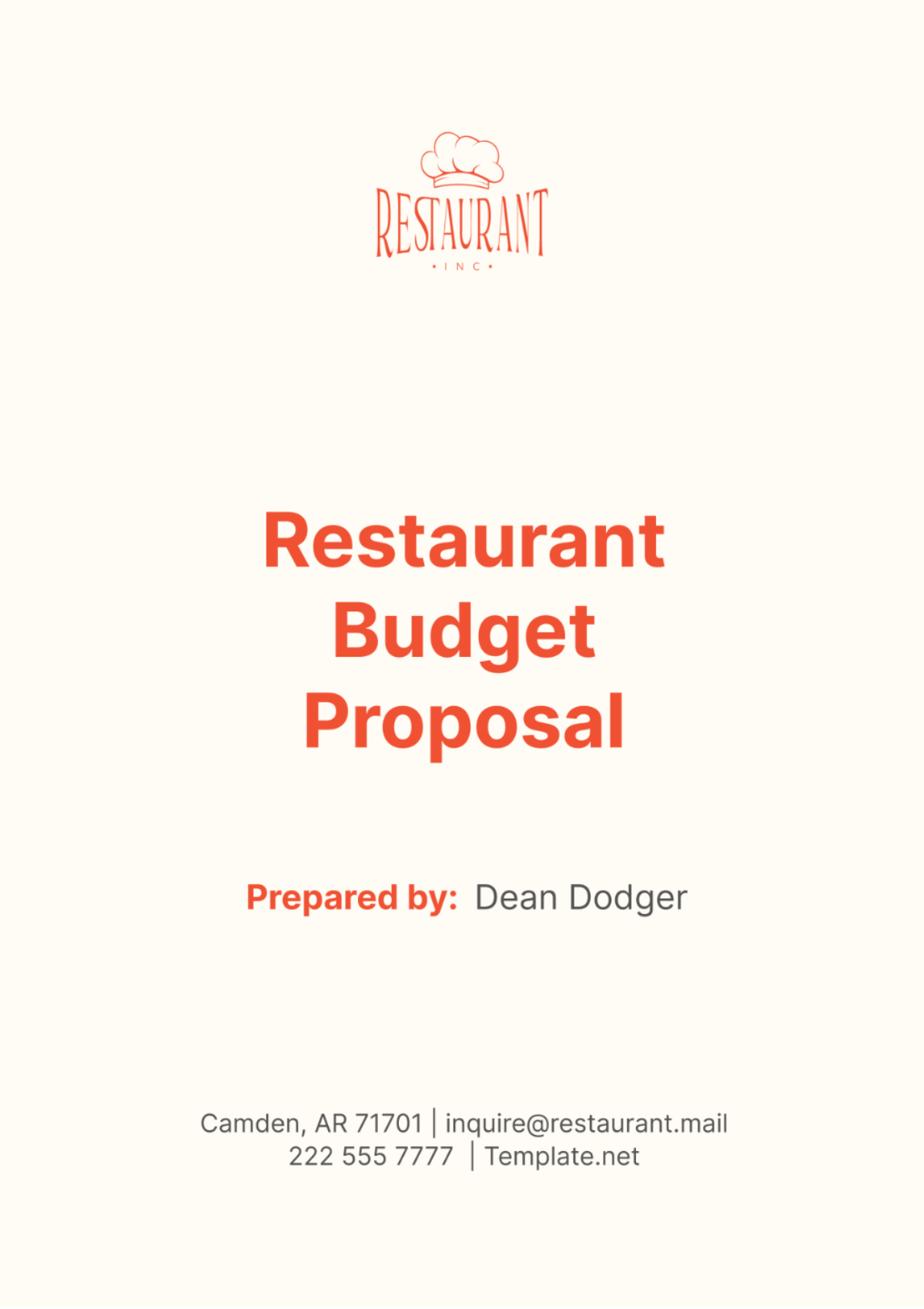I. Executive Summary
A. Introduction
[Your Company Name] is a renowned restaurant business committed to delivering exceptional culinary experiences while contributing to the local community. Established in [Year], our restaurant has grown to become a staple in the region, known for our innovative cuisine, dedication to sustainability, and community engagement. This grant proposal seeks funding to expand our community outreach program, which aims to provide culinary training and job opportunities to underserved populations.
B. Mission Statement
Our mission is to create a memorable dining experience through quality ingredients, innovative recipes, and exceptional service while fostering a positive impact on our community by providing education, employment, and engagement opportunities.
C. Project Summary
The proposed project, "Community Culinary Training and Employment Program," aims to provide comprehensive culinary training to 50 individuals from underserved communities over the next year. This program will include hands-on training, professional development workshops, and job placement assistance within [Your Company Name] and other local businesses.
D. Funding Request
We are requesting a grant of $150,000 to fund this initiative. The funds will be used for curriculum development, instructor salaries, training materials, kitchen equipment, and participant stipends. This investment will enable us to bridge the gap between unemployment and sustainable careers in the culinary industry.
II. Organizational Background
A. History of [Your Company Name]
[Your Company Name] was founded in [Year] by [Founder's Name], a passionate chef with a vision to create a restaurant that offers exceptional dining experiences while supporting local farmers and suppliers. Over the years, we have achieved numerous milestones, including opening additional locations, receiving prestigious culinary awards, and implementing successful community programs.
B. Organizational Structure
[Your Company Name] is structured with a robust leadership team dedicated to our mission. The team includes:
Name | Position | Experience |
|---|---|---|
[Name] | CEO/Founder | 20+ years in the culinary industry |
[Name] | Executive Chef | 15+ years in fine dining |
[Name] | Operations Manager | 10+ years in restaurant management |
[Name] | Community Liaison | 8+ years in community outreach |
Our organizational chart is available upon request and showcases our commitment to excellence and community engagement.
C. Programs and Services
[Your Company Name] offers a variety of programs and services aimed at enhancing the dining experience and supporting our community:
Farm-to-Table Dining: Partnering with local farmers to provide fresh, sustainable ingredients.
Culinary Workshops: Hosting workshops for aspiring chefs and food enthusiasts.
Community Engagement: Organizing food drives, charity events, and educational programs.
Employee Development: Providing continuous training and professional development for our staff.
Our programs have received positive feedback from participants and have significantly impacted the community.
III. Needs Assessment
A. Community and Market Analysis
Our restaurant is located in a region with diverse demographics and a significant population facing economic challenges. According to the latest census data, [City/Region] has a population of [Number], with [Percentage]% living below the poverty line. Unemployment rates are higher than the national average, particularly among young adults and minority groups.
B. Problem Statement
The primary issue we aim to address is the high unemployment rate among underserved communities in [City/Region]. Many individuals lack access to affordable and quality culinary training, which hinders their ability to secure stable employment in the growing hospitality industry.
C. Evidence of Need
Research indicates that culinary training programs can significantly reduce unemployment rates and improve economic stability. A study by the [Name of Study] found that participants in culinary training programs experienced a [Percentage]% increase in employment and a [Percentage]% increase in earnings. Additionally, testimonials from previous program participants highlight the transformative impact of our training initiatives.
IV. Project Description
A. Project Goals and Objectives
Our Community Culinary Training and Employment Program aims to achieve the following goals:
Provide Culinary Training: Equip 50 individuals with comprehensive culinary skills.
Enhance Employability: Improve participants' job readiness through professional development workshops.
Facilitate Job Placement: Assist participants in securing employment within [Your Company Name] and other local businesses.
B. Project Activities and Timeline
The project will be executed over a 12-month period, with specific activities and milestones as follows:
Month | Activity | Milestone |
|---|---|---|
1-2 | Curriculum development and instructor hiring | Curriculum finalized, instructors hired |
3-4 | Recruitment and selection of participants | 50 participants selected |
5-6 | Commencement of training sessions | Training sessions begin |
7-10 | Professional development workshops | Workshops conducted |
11-12 | Job placement and follow-up support | Participants placed in jobs |
C. Target Audience
The target audience for this program includes individuals from underserved communities in [City/Region], particularly those facing economic hardships and high unemployment rates. The program will prioritize young adults, minorities, and individuals with limited access to education and job opportunities.
D. Innovative Approaches
Our program stands out due to its holistic approach, combining hands-on culinary training with professional development and job placement support. We leverage partnerships with local businesses and community organizations to ensure a supportive network for our participants. Additionally, our farm-to-table focus integrates sustainability education into the curriculum, preparing participants for the future of the culinary industry.
V. Budget and Financial Information
A. Budget Overview
The total budget for the Community Culinary Training and Employment Program is $150,000, which will be allocated as follows:
Expense Category | Amount ($) | Description |
|---|---|---|
Curriculum Development | 20,000 | Costs for developing training materials and resources |
Instructor Salaries | 40,000 | Salaries for experienced culinary instructors |
Training Materials | 15,000 | Supplies, ingredients, and educational materials |
Kitchen Equipment | 30,000 | Purchase of necessary kitchen tools and equipment |
Participant Stipends | 30,000 | Stipends to support participants during training |
Professional Workshops | 10,000 | Costs for conducting workshops and seminars |
Administrative Costs | 5,000 | Administrative expenses and overhead |
B. Sustainability Plan
To ensure the sustainability of the program beyond the grant period, we plan to:
Establish Partnerships: Strengthen collaborations with local businesses and community organizations for ongoing support and job placements.
Seek Additional Funding: Pursue additional grants, sponsorships, and donations to maintain and expand the program.
Revenue Generation: Develop revenue-generating activities such as culinary events and catering services, reinvesting profits into the program.
C. Funding Sources
In addition to the requested grant, [Your Company Name] will contribute $20,000 from our operational budget and seek in-kind contributions from partners, including equipment donations and volunteer support.
VI. Evaluation Plan
A. Evaluation Methodology
To ensure the success of the Community Culinary Training and Employment Program, [Your Company Name] will implement a rigorous evaluation methodology. This evaluation will be conducted through a combination of quantitative and qualitative measures to track progress, assess outcomes, and identify areas for improvement.
Pre- and Post-Training Assessments
Participants will undergo pre- and post-training assessments to measure their culinary skills, knowledge, and confidence. These assessments will cover:
Basic culinary techniques (e.g., knife skills, cooking methods)
Food safety and sanitation practices
Menu planning and recipe execution
Professional kitchen behavior and teamwork
Surveys and Feedback
Regular surveys and feedback forms will be distributed to participants, instructors, and employers to gather insights on the program’s effectiveness. These surveys will focus on:
Participant satisfaction with the training content and delivery
Instructors’ observations on participant progress and engagement
Employer feedback on the job readiness and performance of hired participants
Performance Reviews
Participants will receive performance reviews from their instructors and employers during and after the training period. These reviews will provide detailed evaluations of their skills, work ethic, and overall job performance.
B. Performance Metrics
Key performance indicators (KPIs) will be established to measure the success of the program. These KPIs will include:
Metric | Target Value | Measurement Method |
|---|---|---|
Number of Participants | 50 | Enrollment records |
Training Completion Rate | 90% | Attendance and completion records |
Job Placement Rate | 75% | Employment records and follow-up surveys |
Participant Satisfaction | 85% positive | Surveys and feedback forms |
Employer Satisfaction | 80% positive | Employer feedback and performance reviews |
C. Reporting and Accountability
[Your Company Name] will maintain a transparent reporting process to ensure accountability to the grantor and stakeholders. Reports will be generated on a quarterly basis and will include:
Progress Reports: Detailed updates on project activities, milestones achieved, and any challenges encountered.
Financial Reports: Comprehensive breakdowns of how grant funds have been utilized, including expenses and remaining budget.
Outcome Reports: Analysis of the program’s impact, including performance metrics and success stories from participants.
Accountability measures will be implemented to ensure adherence to project goals and efficient use of resources. These measures include regular audits, internal reviews, and oversight by a dedicated project management team.
VII. Conclusion
A. Summary of Proposal
The Community Culinary Training and Employment Program proposed by [Your Company Name] aims to address the high unemployment rates in underserved communities by providing comprehensive culinary training and job placement support. This program will equip participants with valuable skills, enhance their employability, and contribute to the local economy.
We are requesting a grant of $150,000 to fund this initiative, which will cover curriculum development, instructor salaries, training materials, kitchen equipment, and participant stipends. Our detailed evaluation plan, performance metrics, and sustainability strategies demonstrate our commitment to achieving impactful and lasting results.
B. Call to Action
We respectfully request your support for this transformative program. By funding this initiative, you will help create opportunities for individuals in need, foster economic growth, and strengthen the culinary industry in our community. We look forward to collaborating with you to make this vision a reality.
VIII. Contact Information
A. Primary Contact
For any questions or additional information regarding this grant proposal, please contact:
[CEO's Full Name]
CEO/Founder
[Your Company Name]
[Your Company Number]
[Your Company Email]
B. Organizational Information
[Your Company Name]
[Your Company Address]
[Your Company Number]
[Your Company Email]
[Your Company Website]
Thank you for considering our grant proposal. We are excited about the potential impact of the Community Culinary Training and Employment Program and appreciate your support in helping us achieve our mission.

